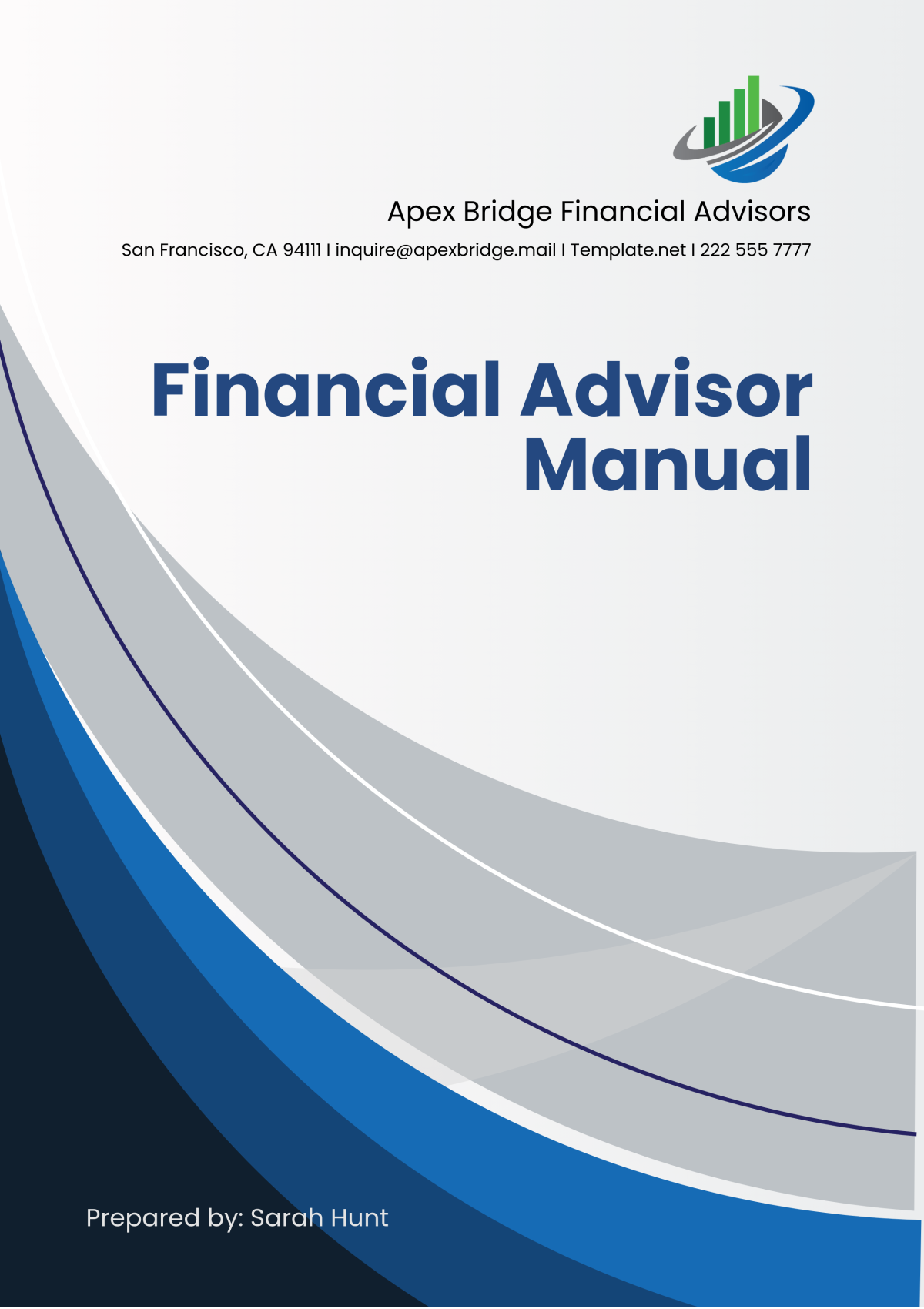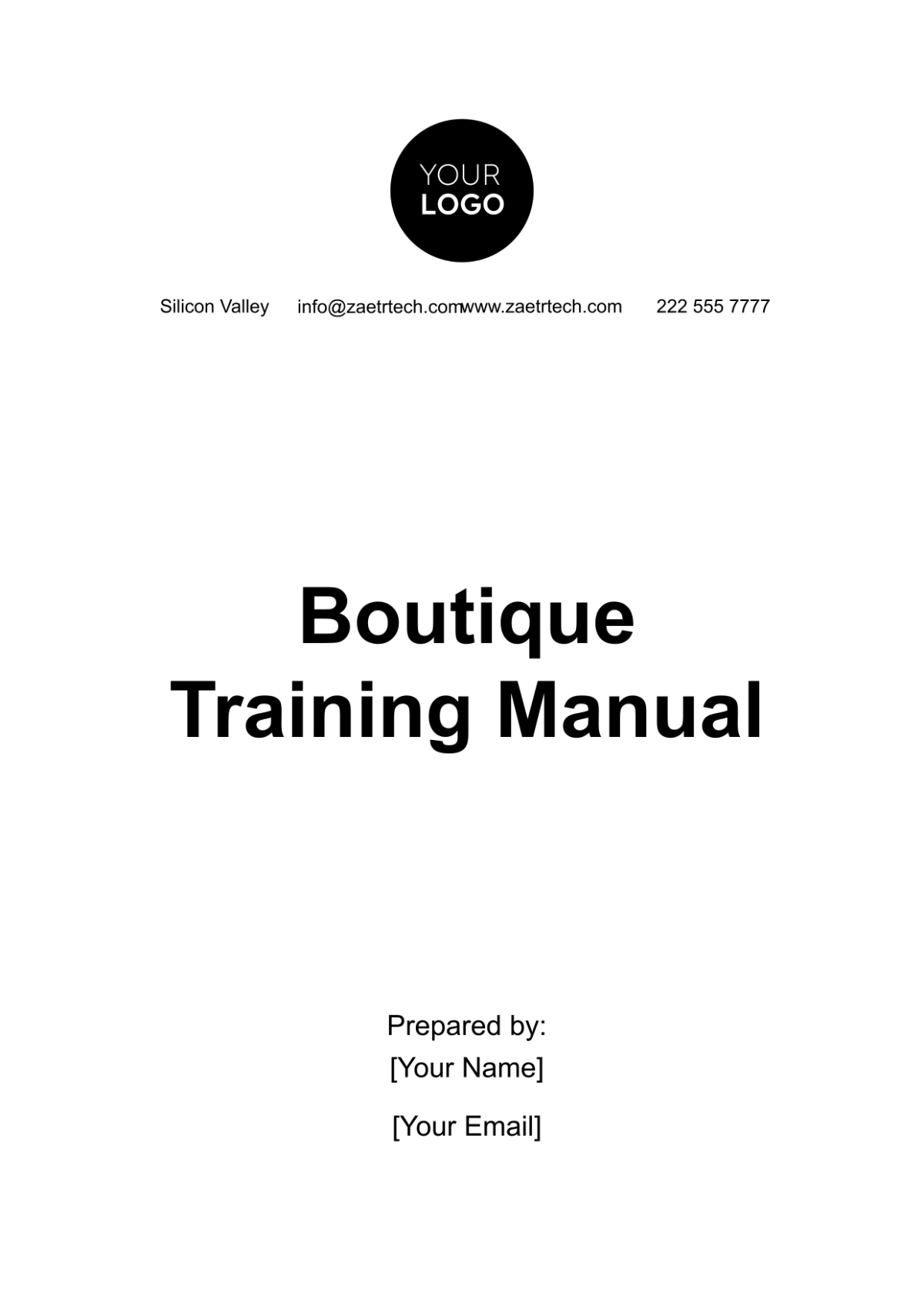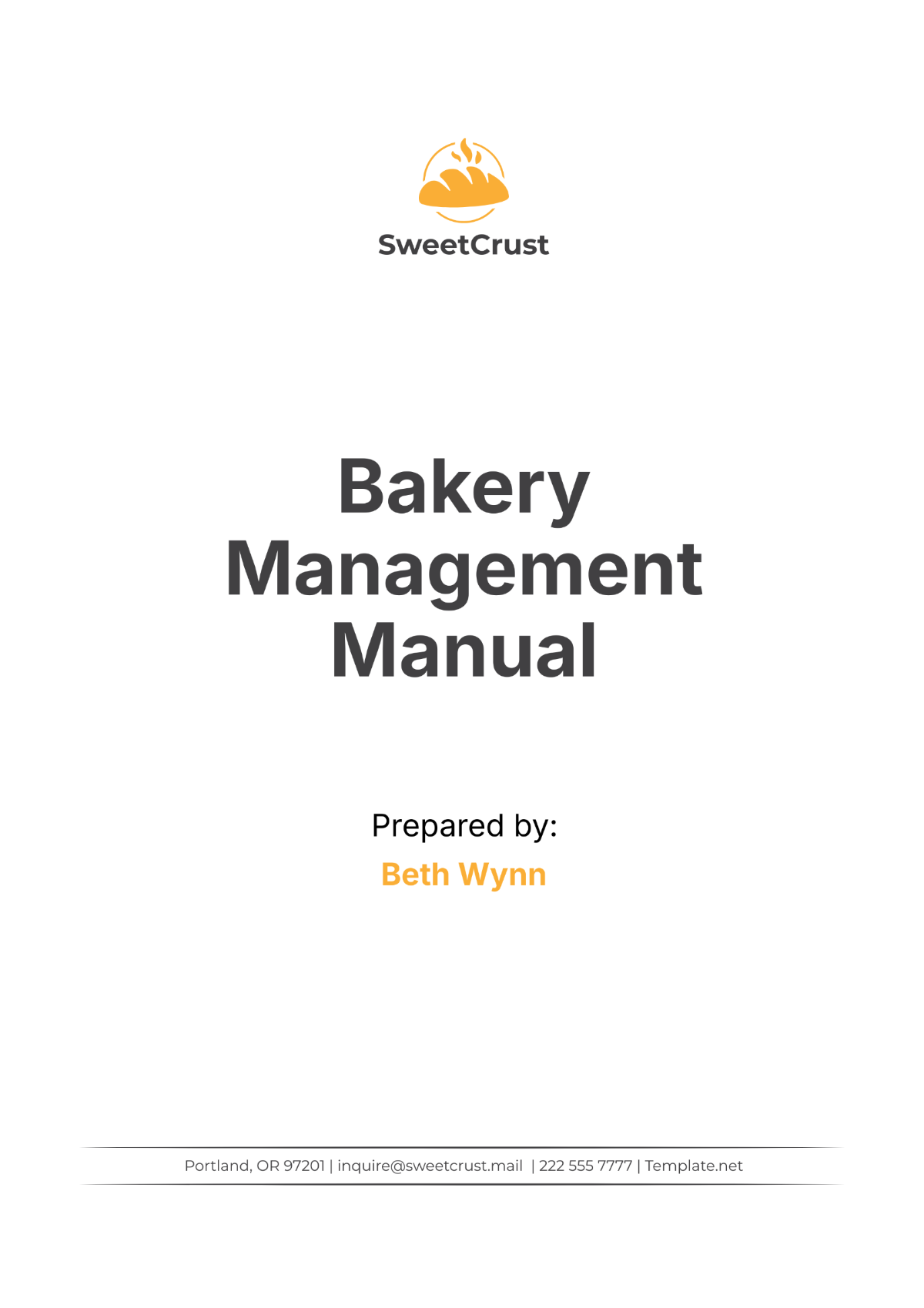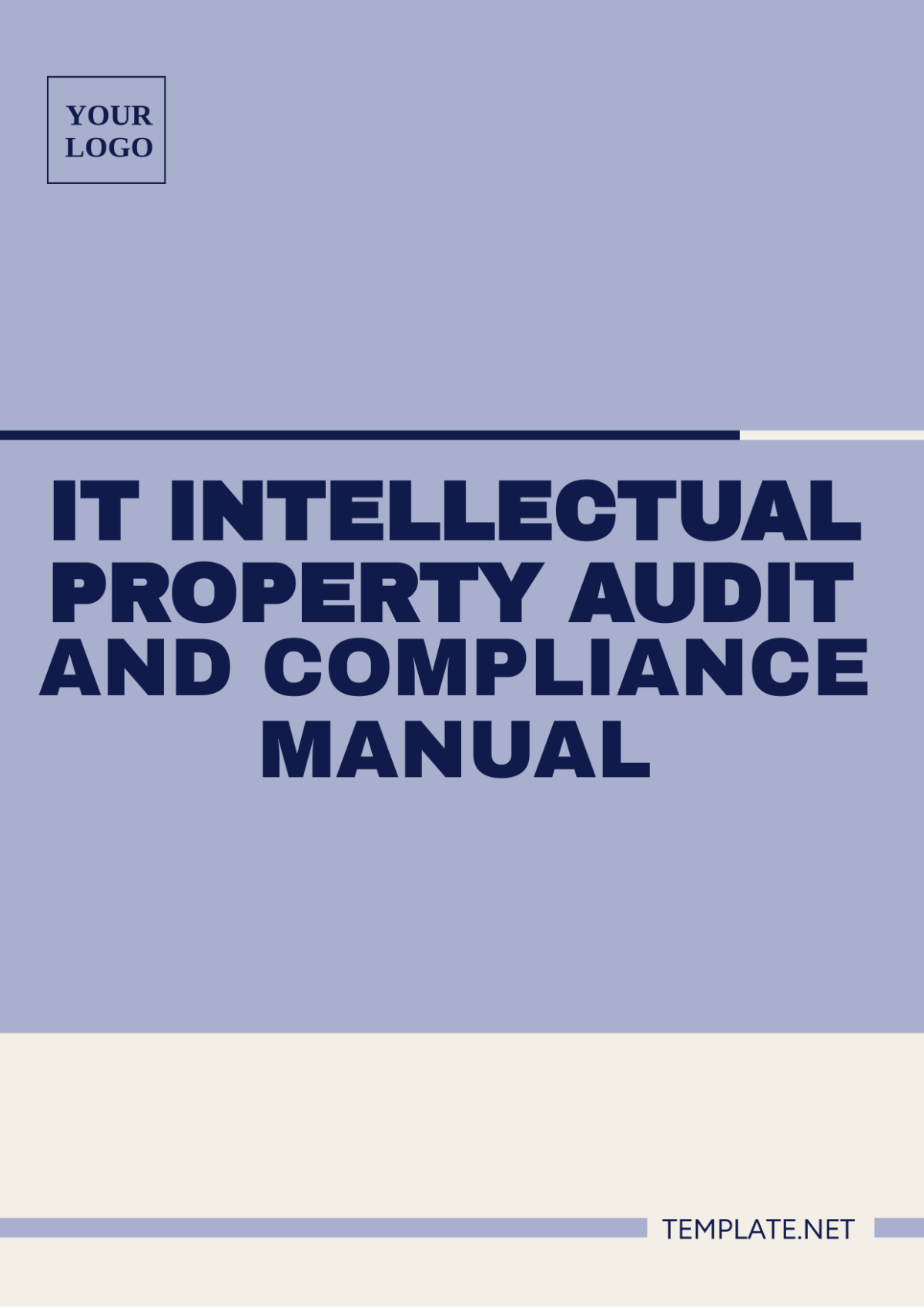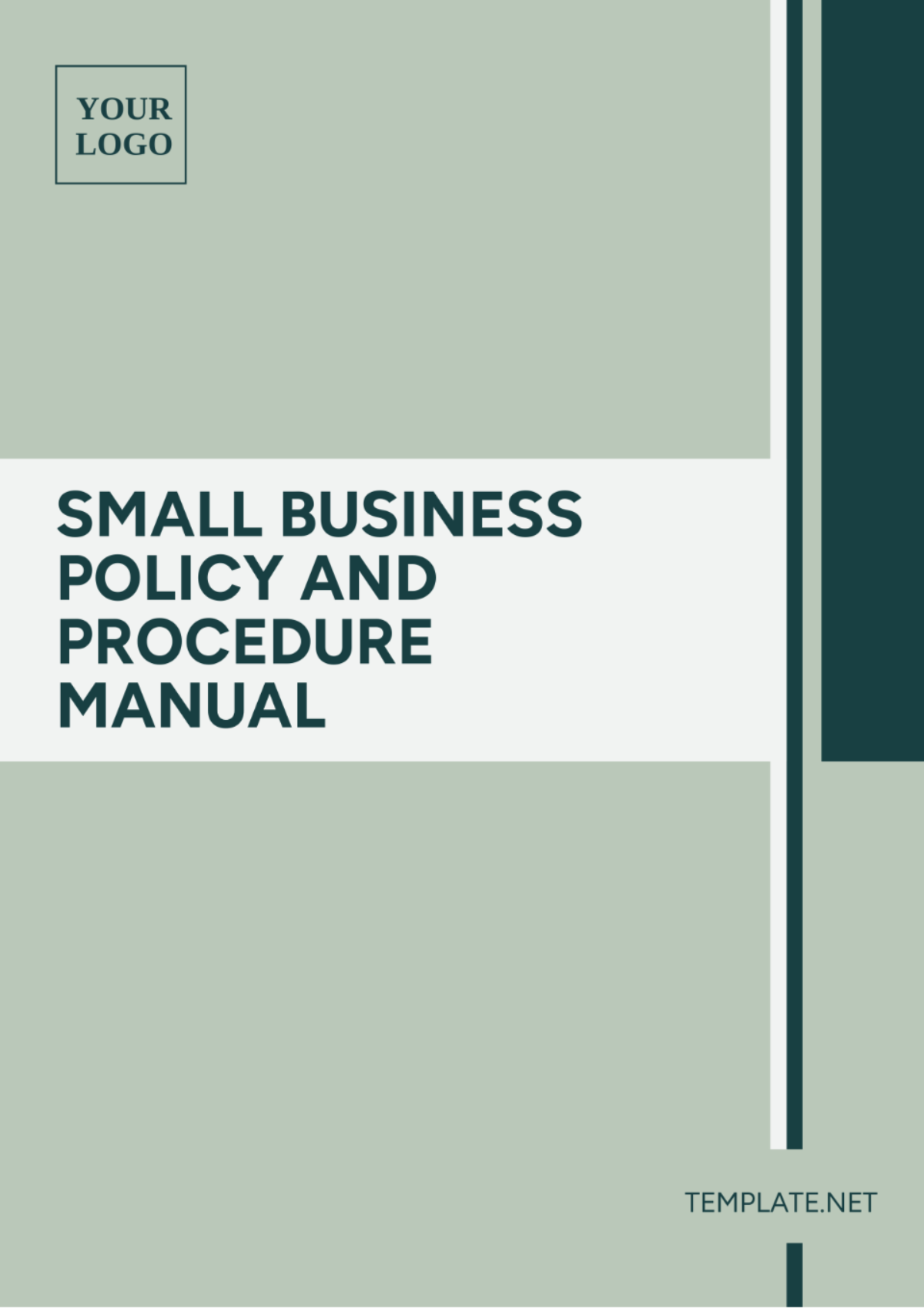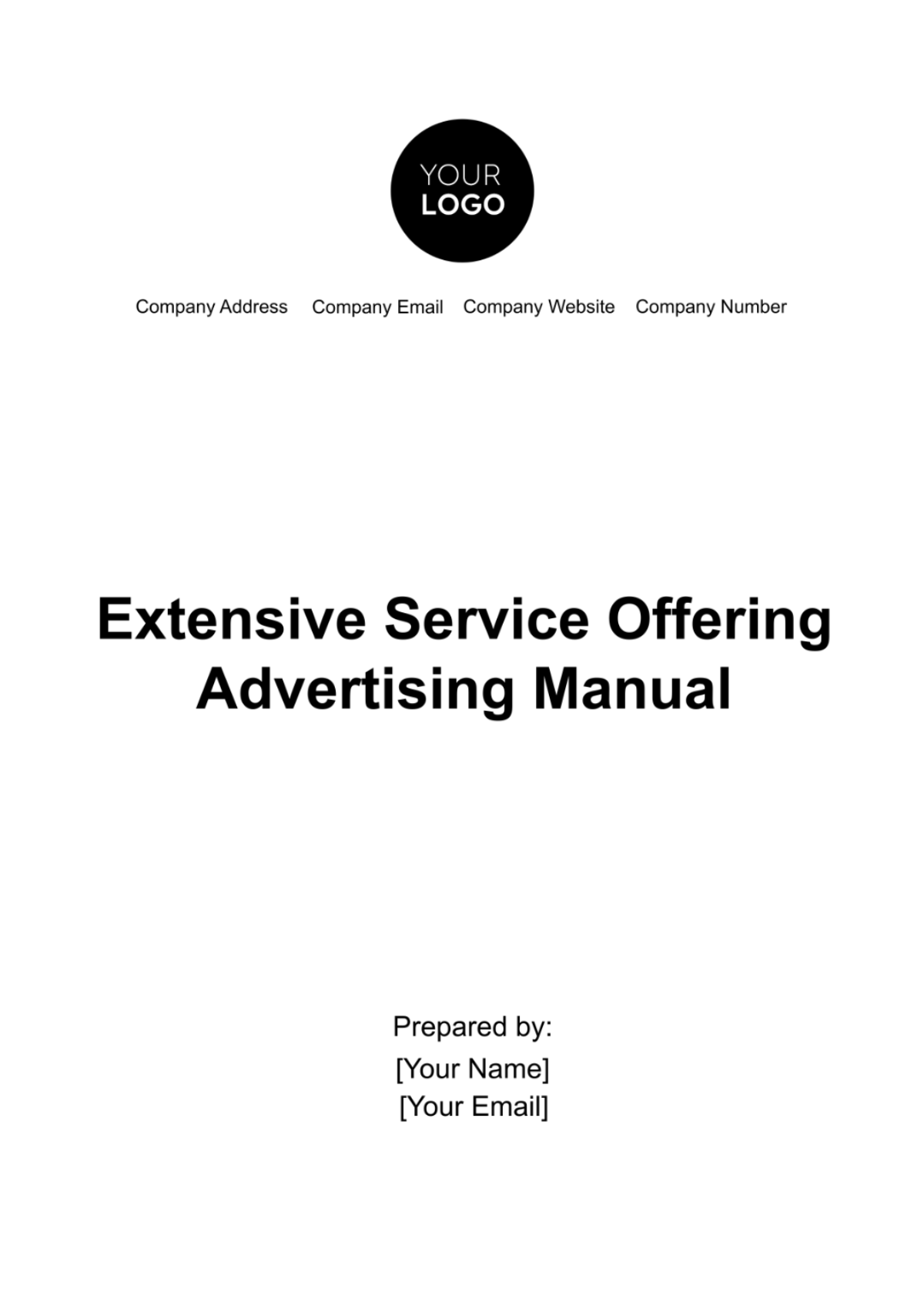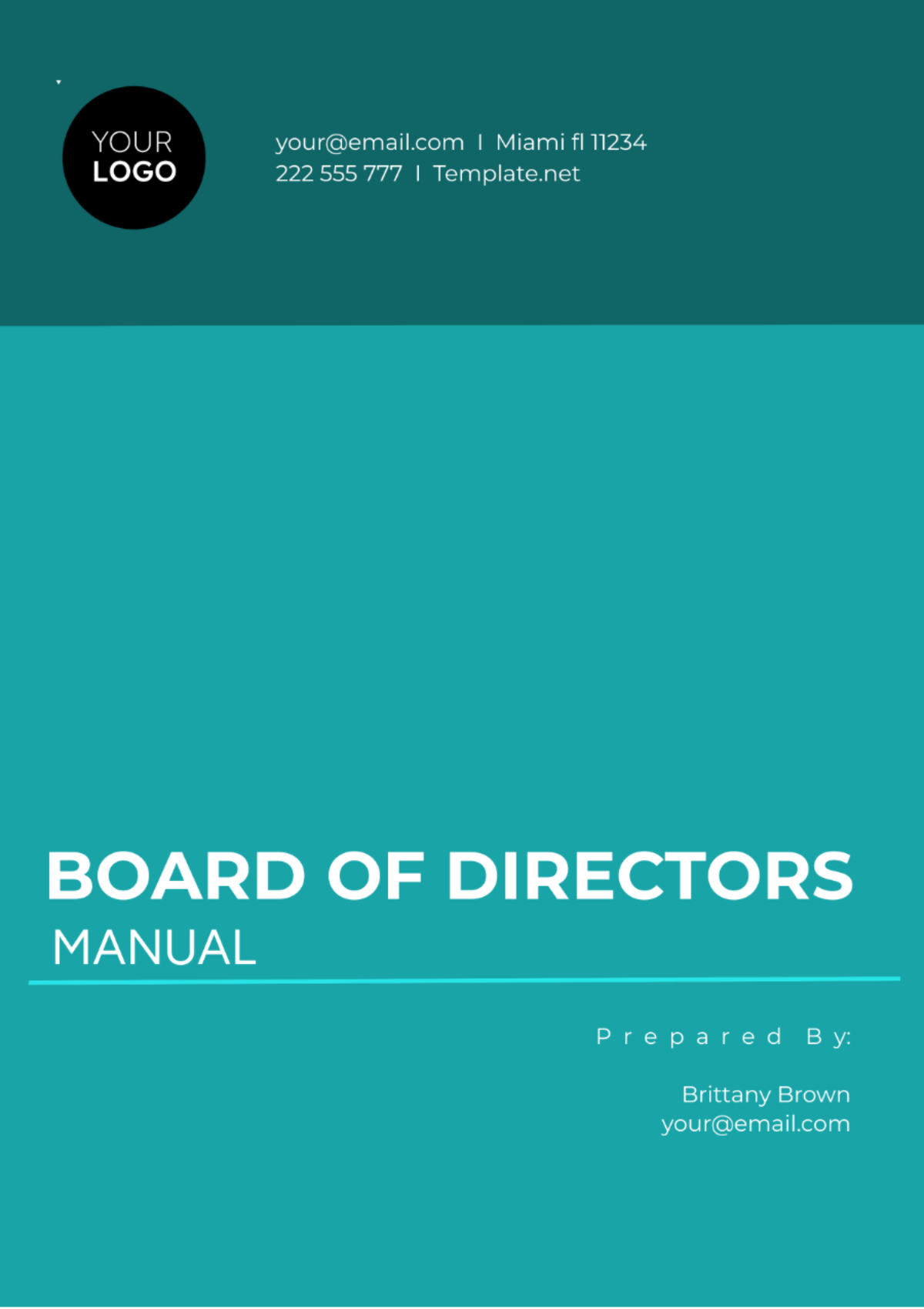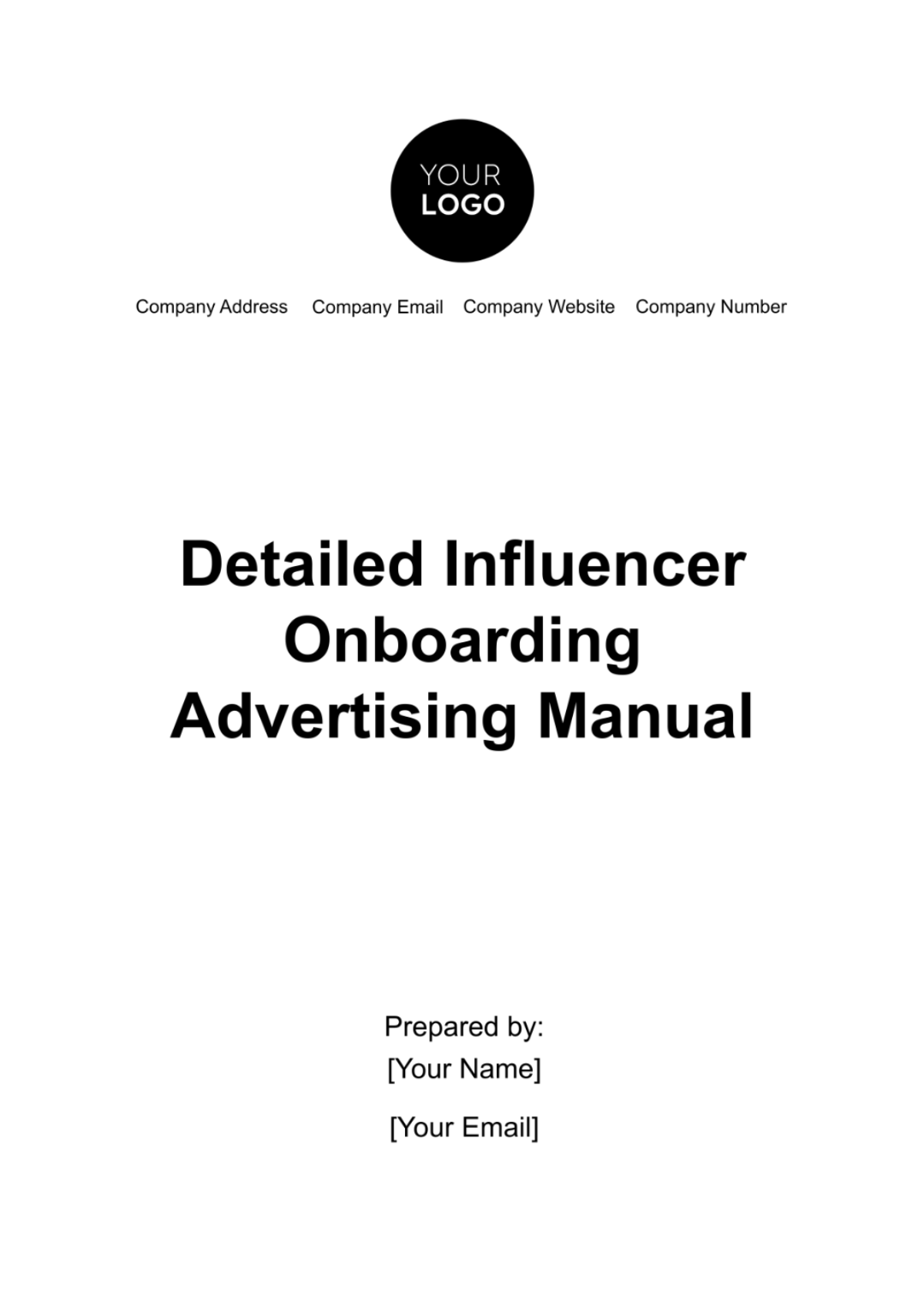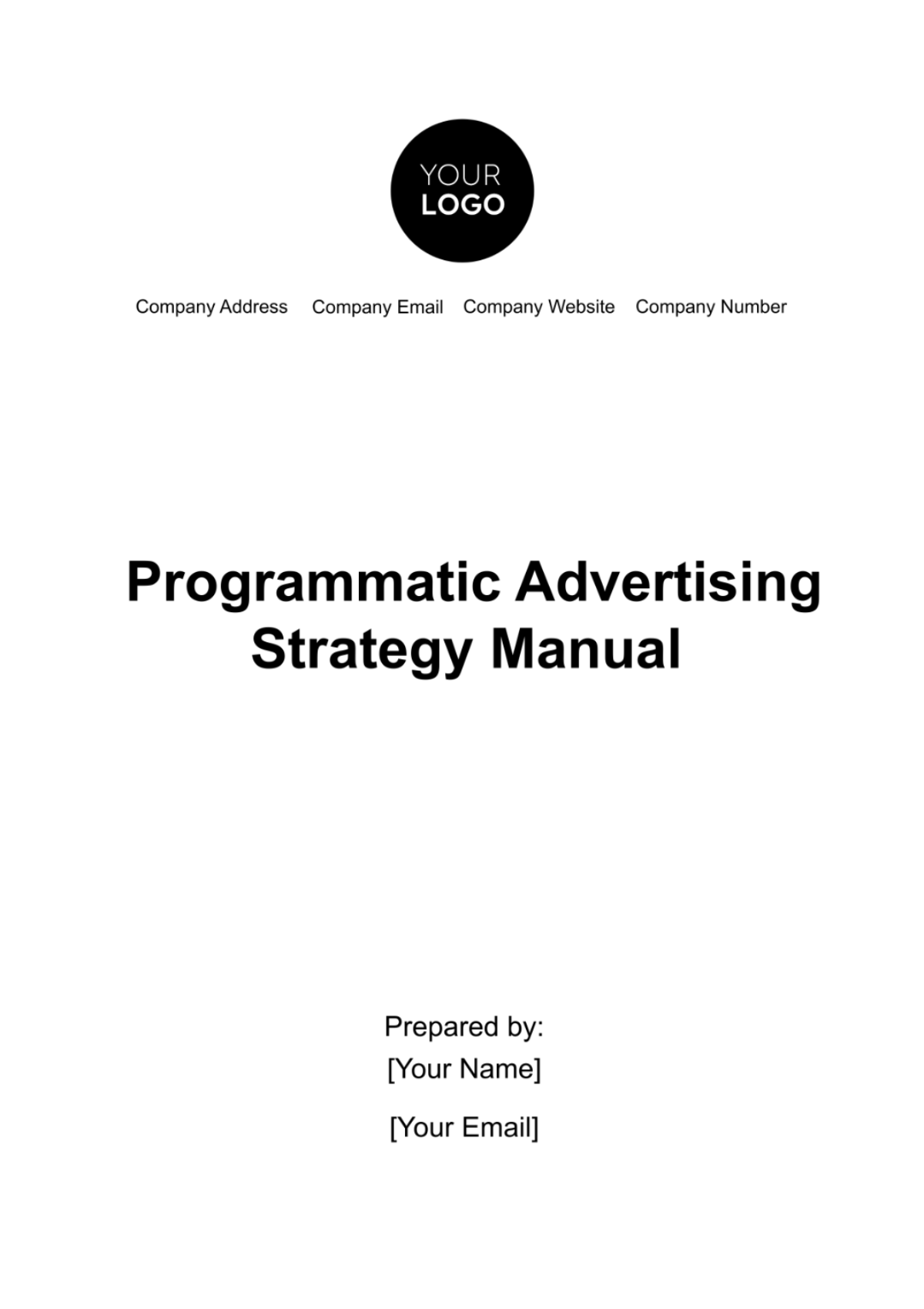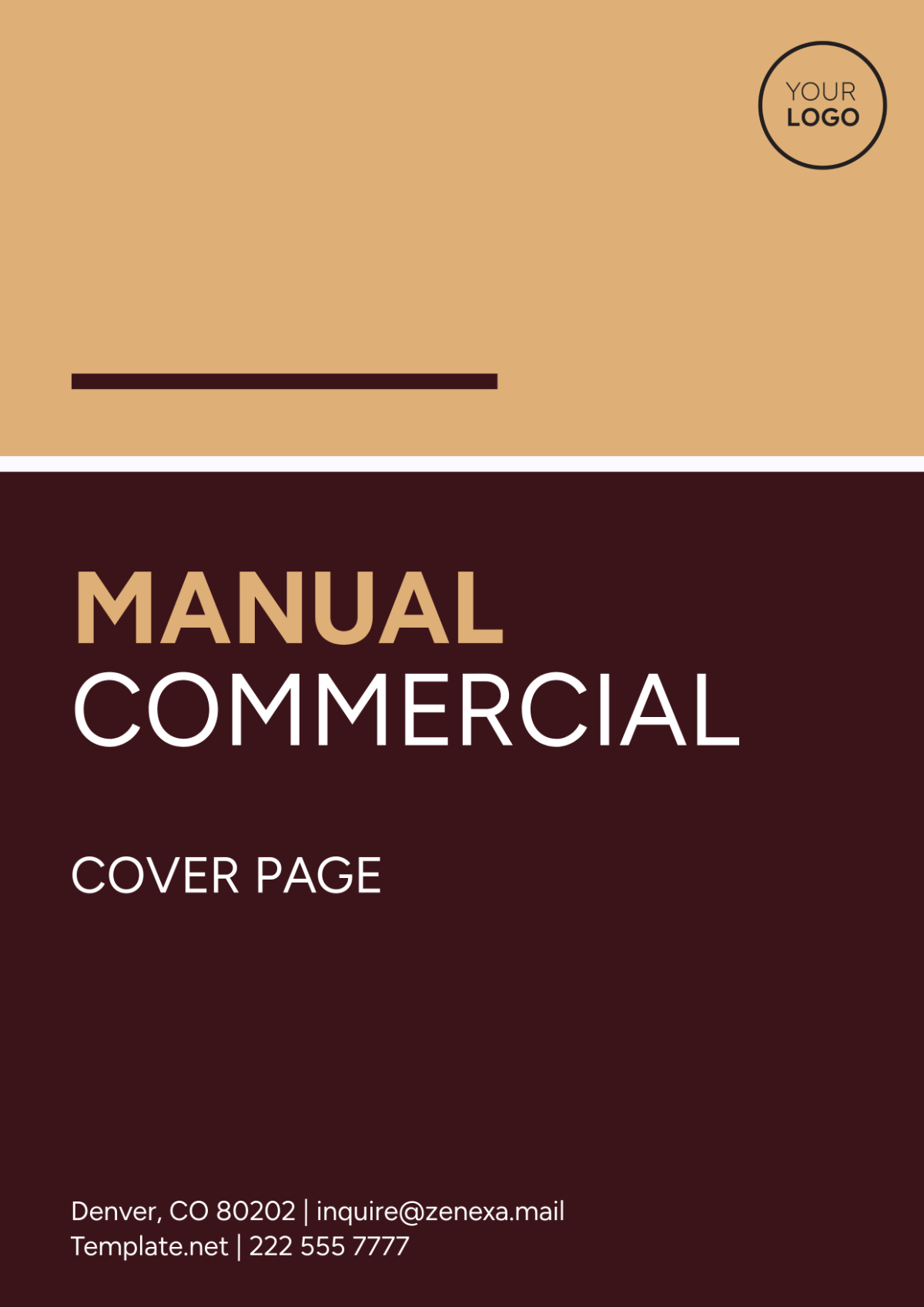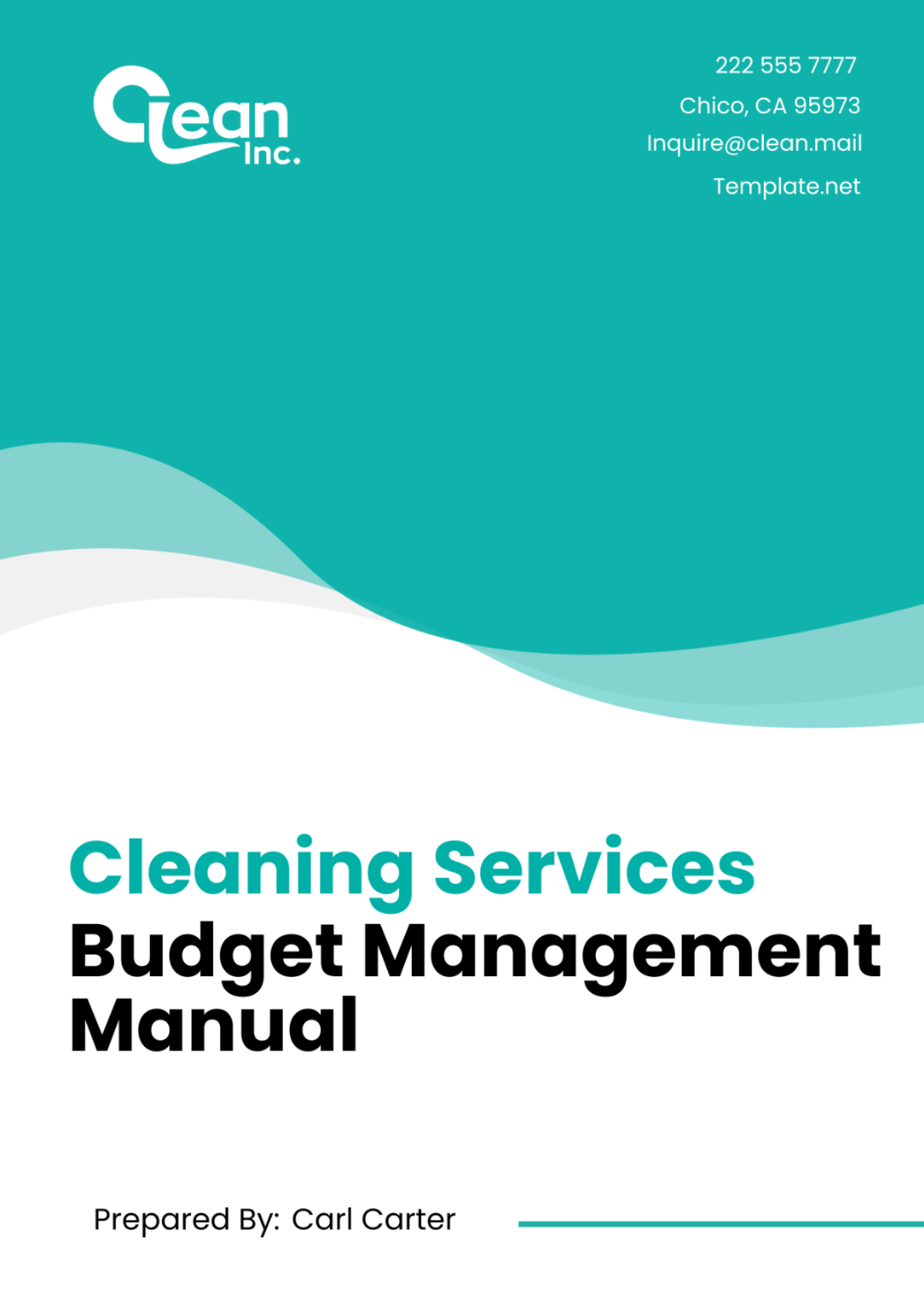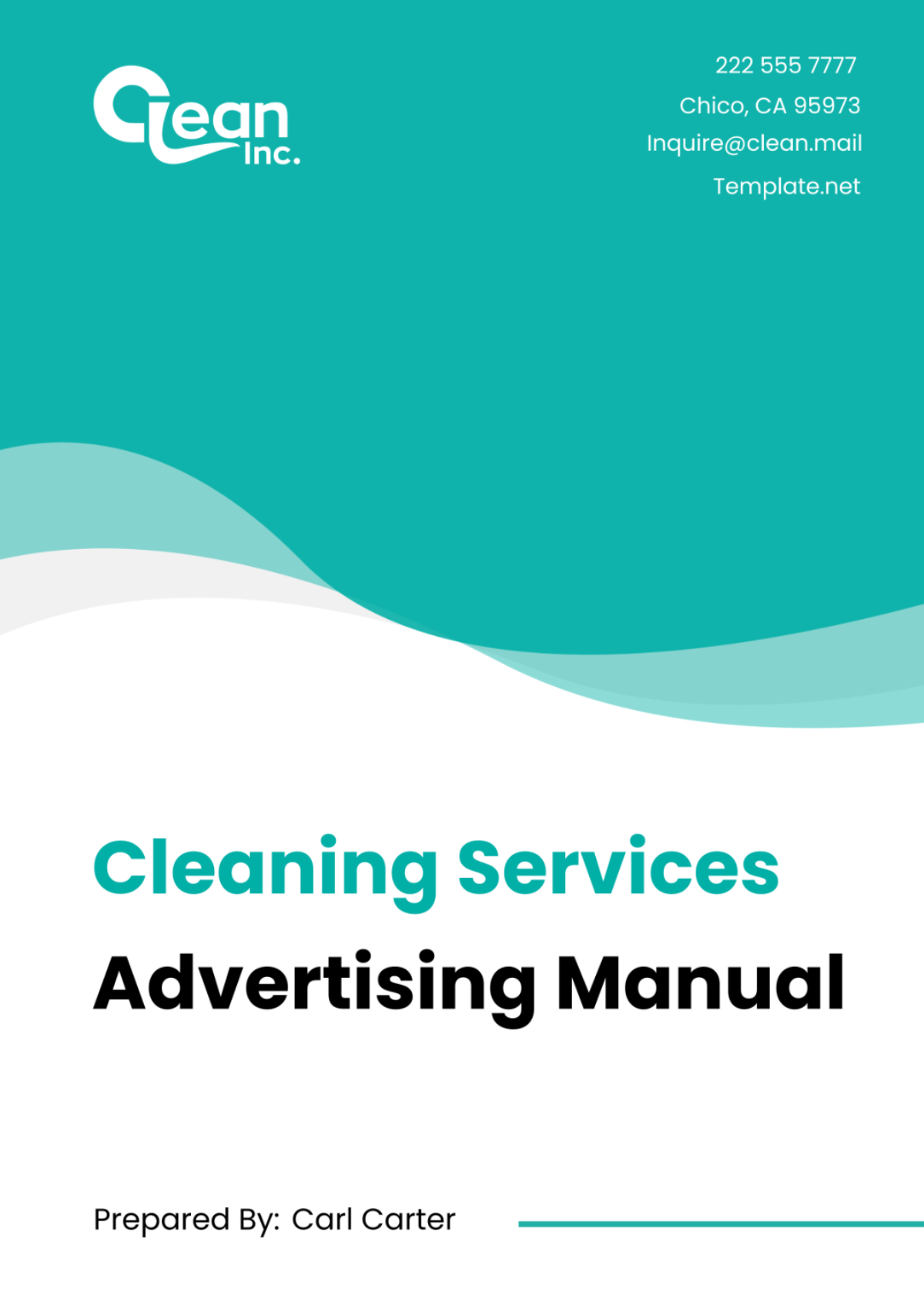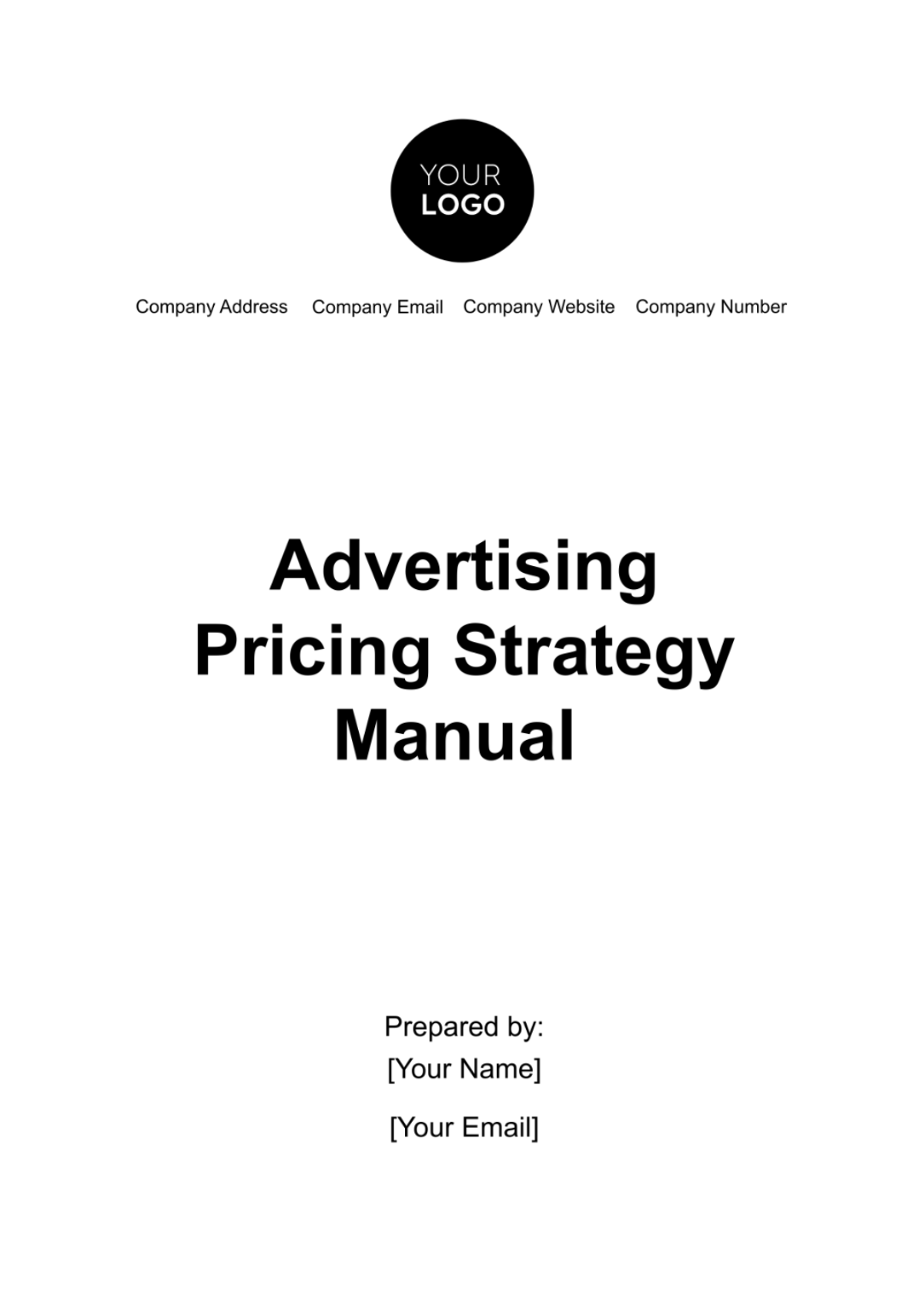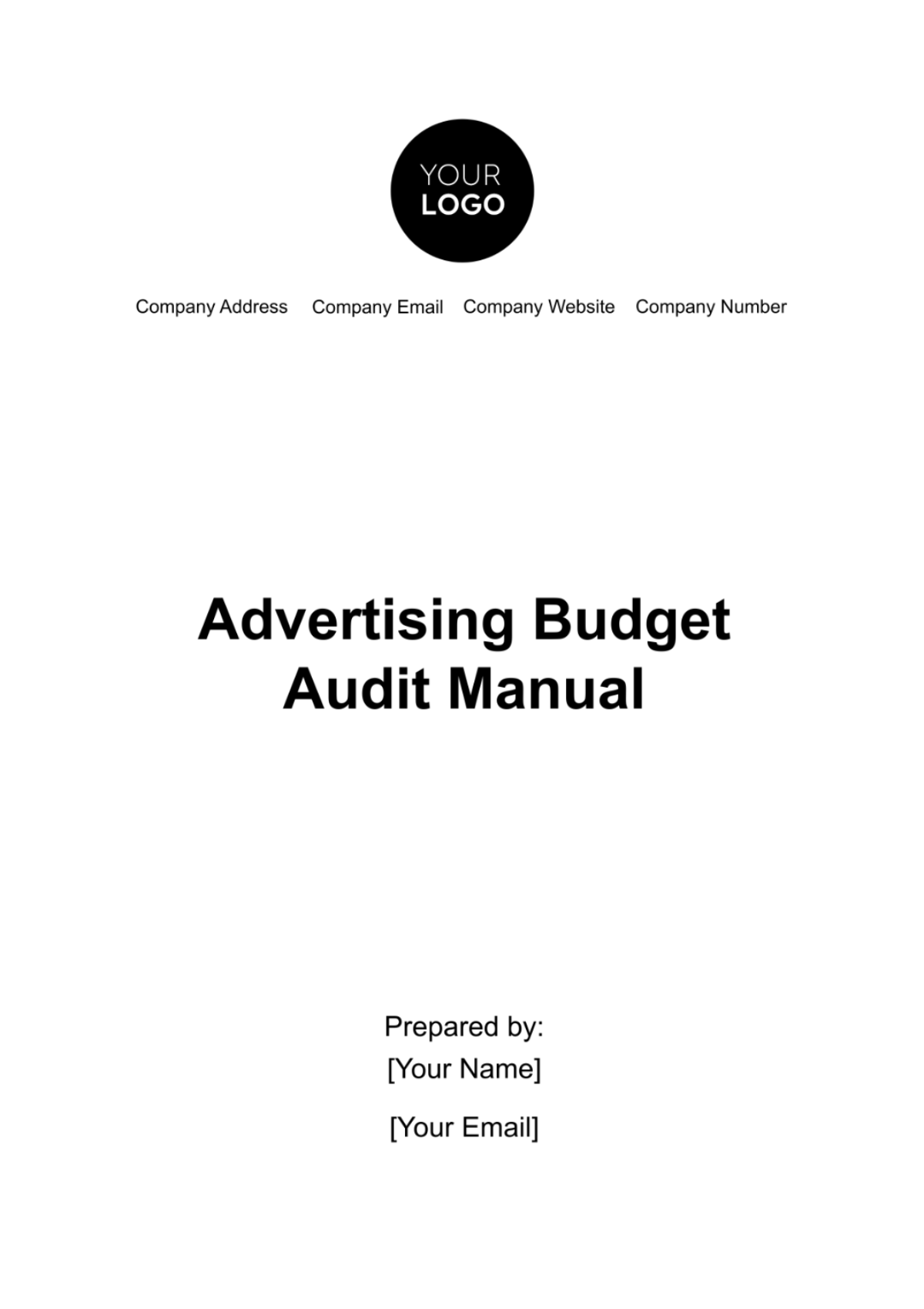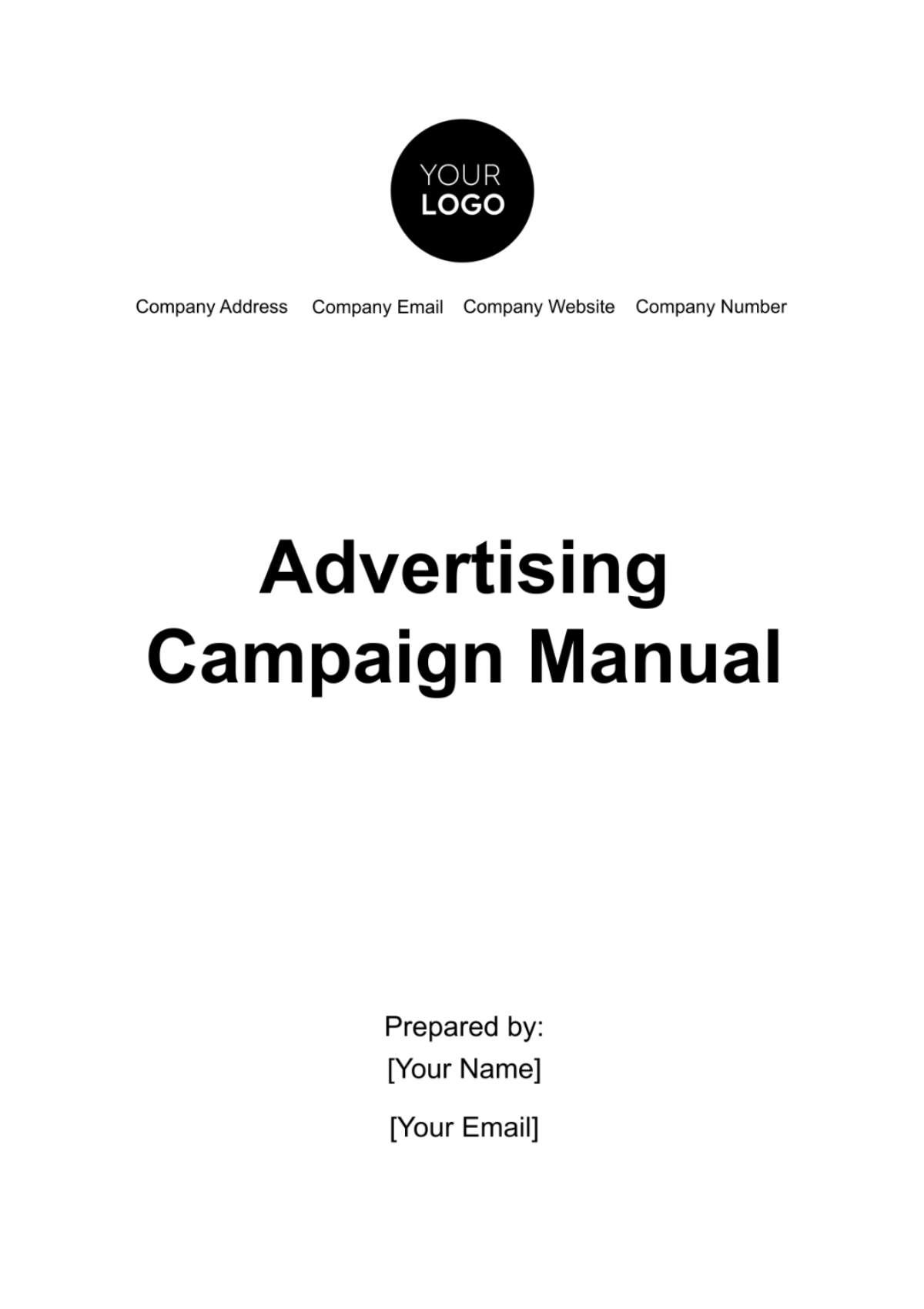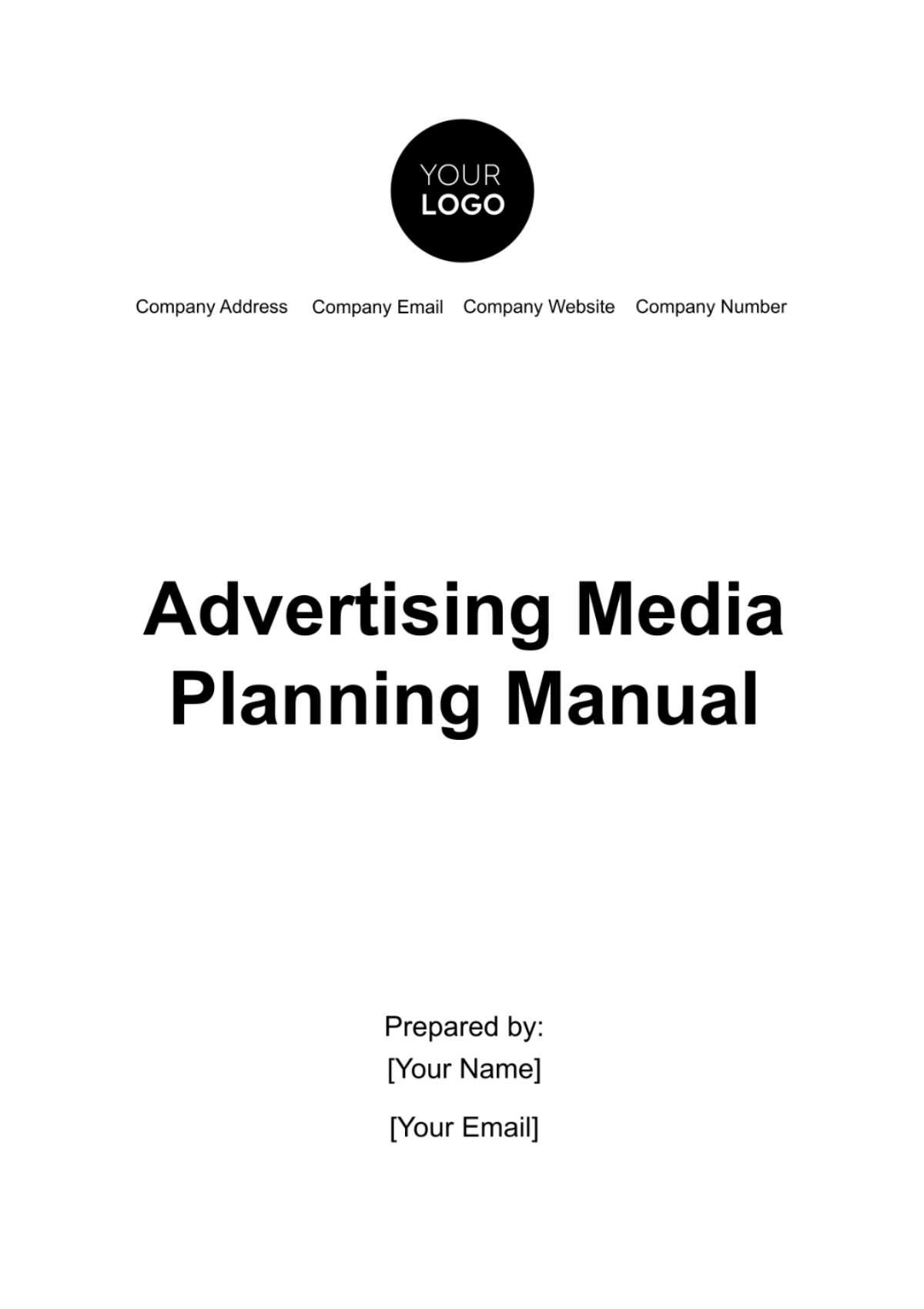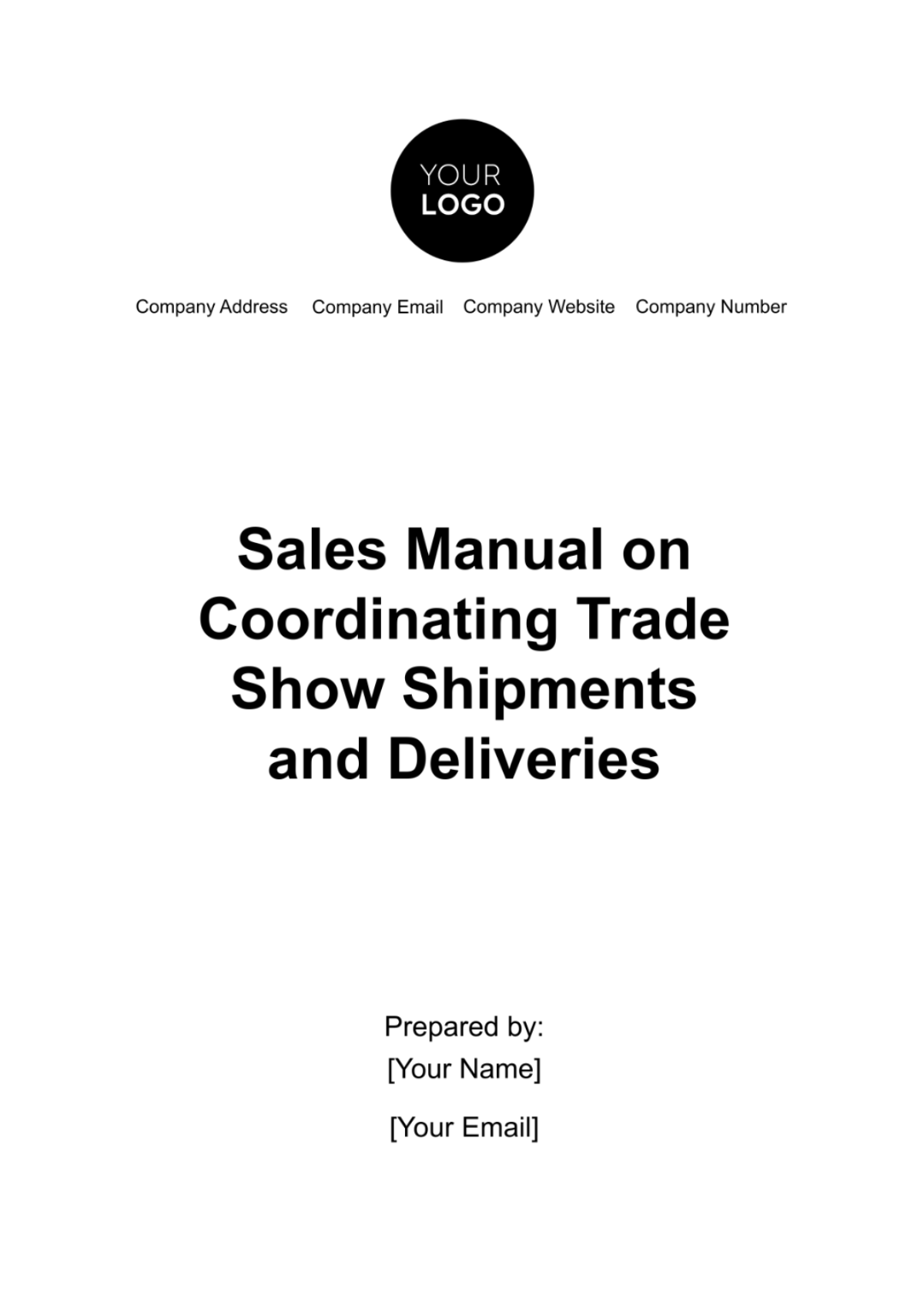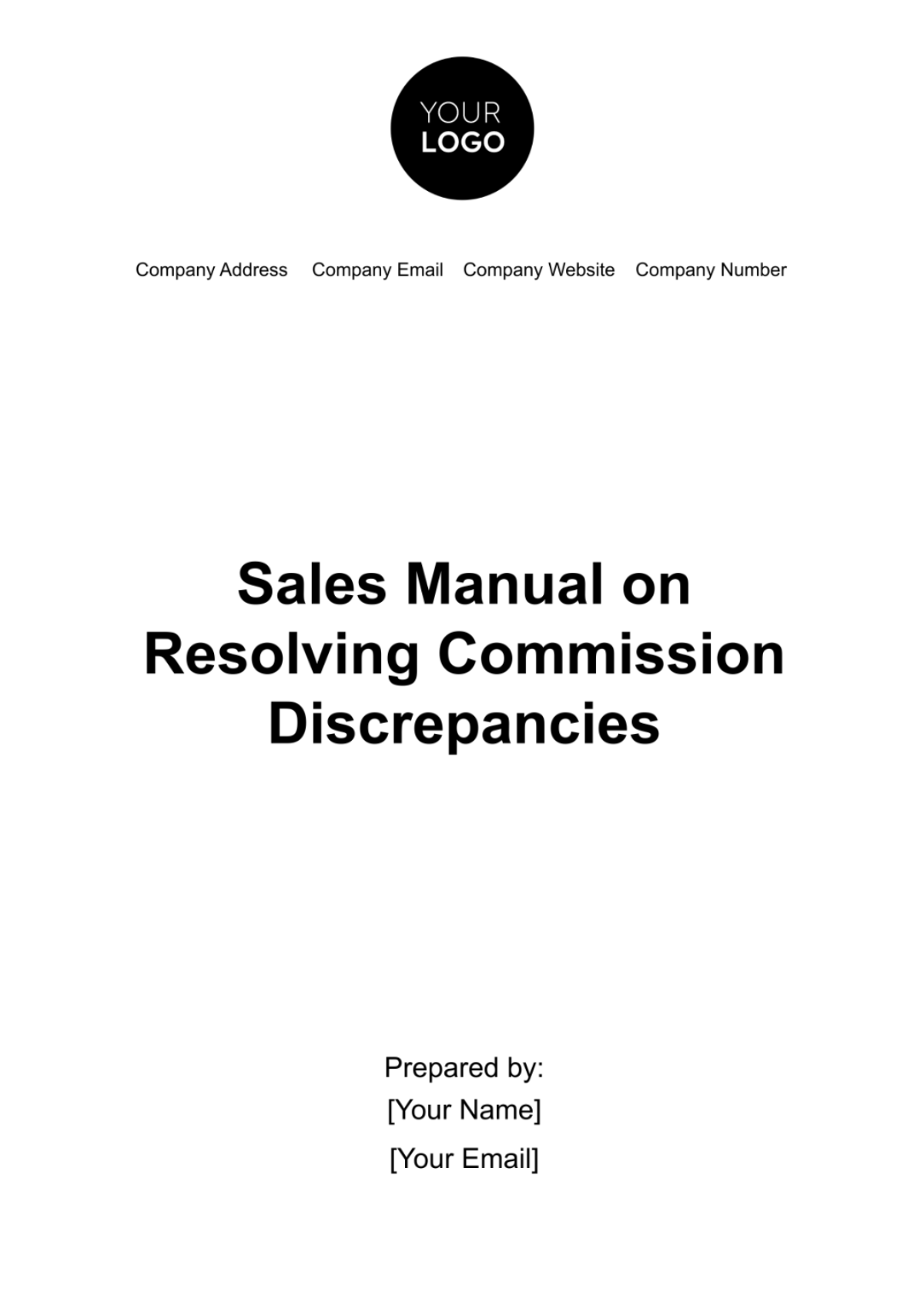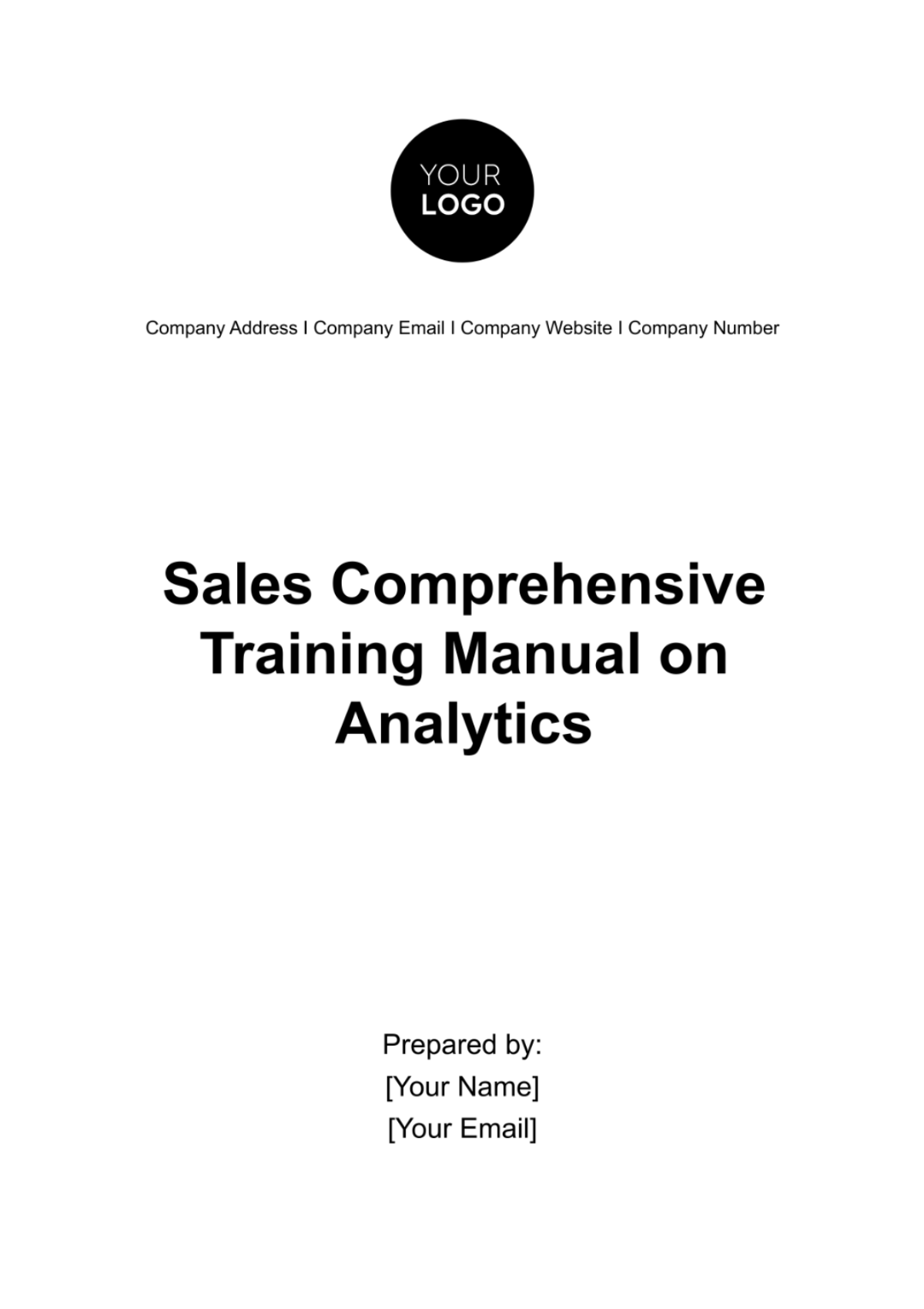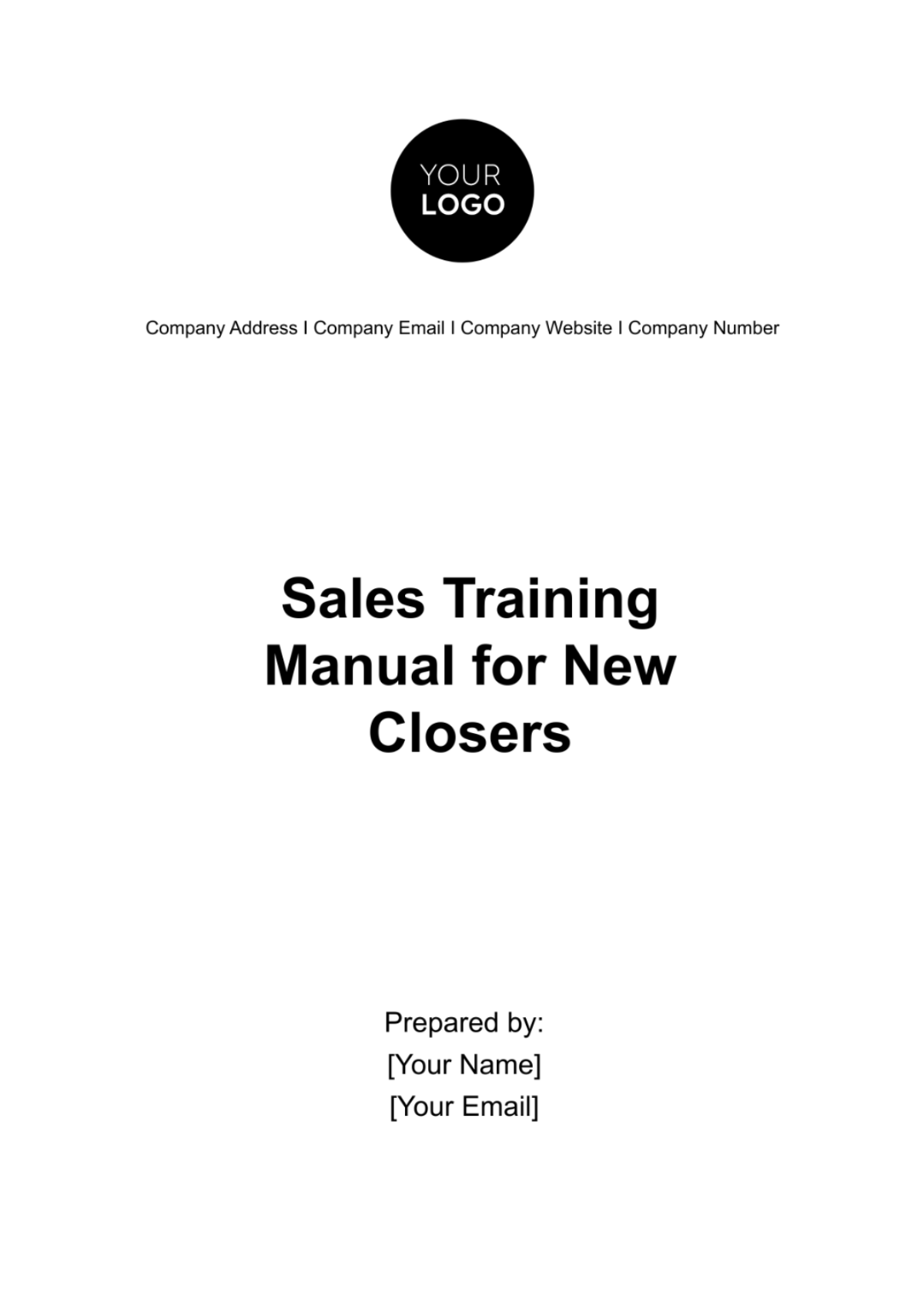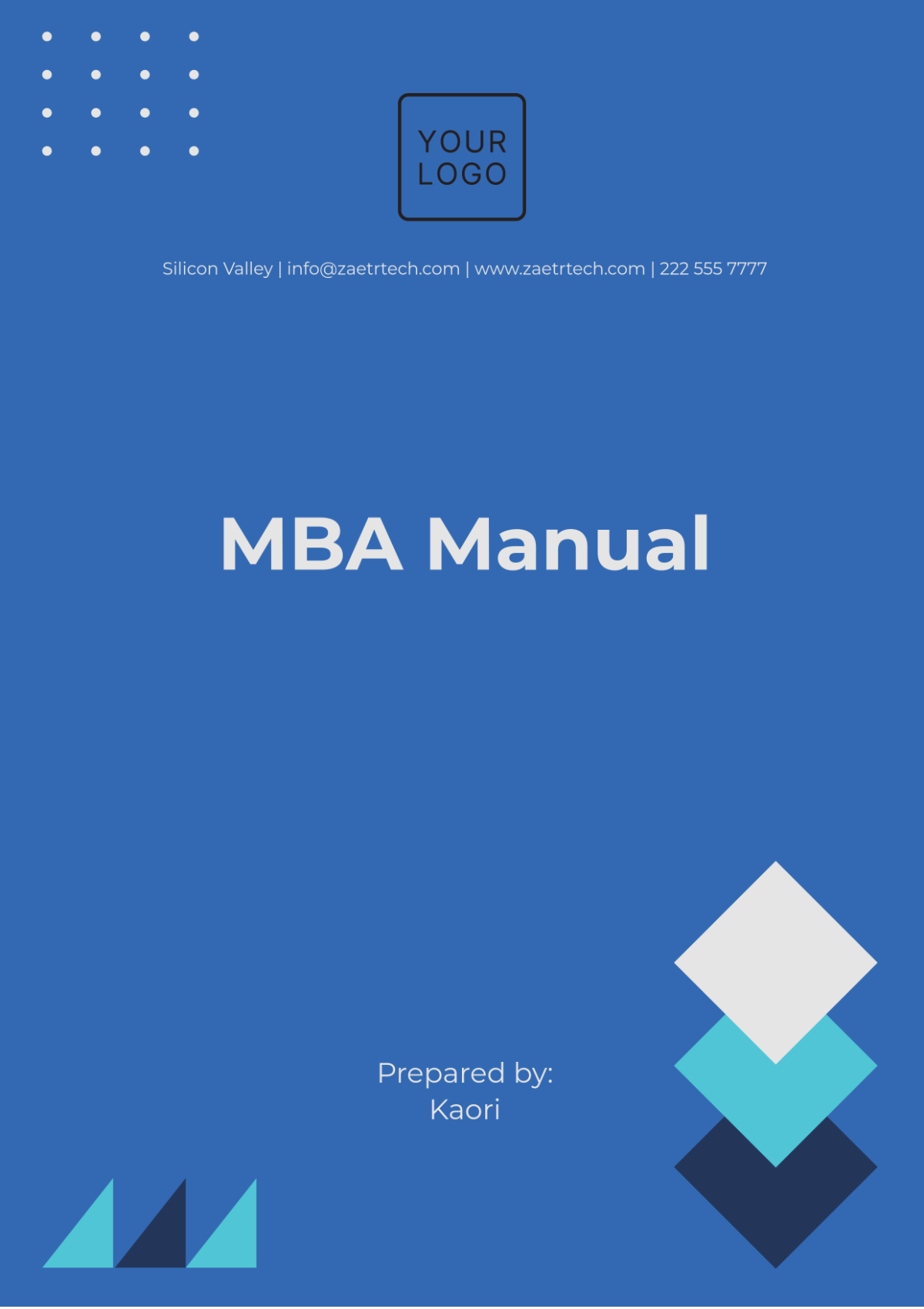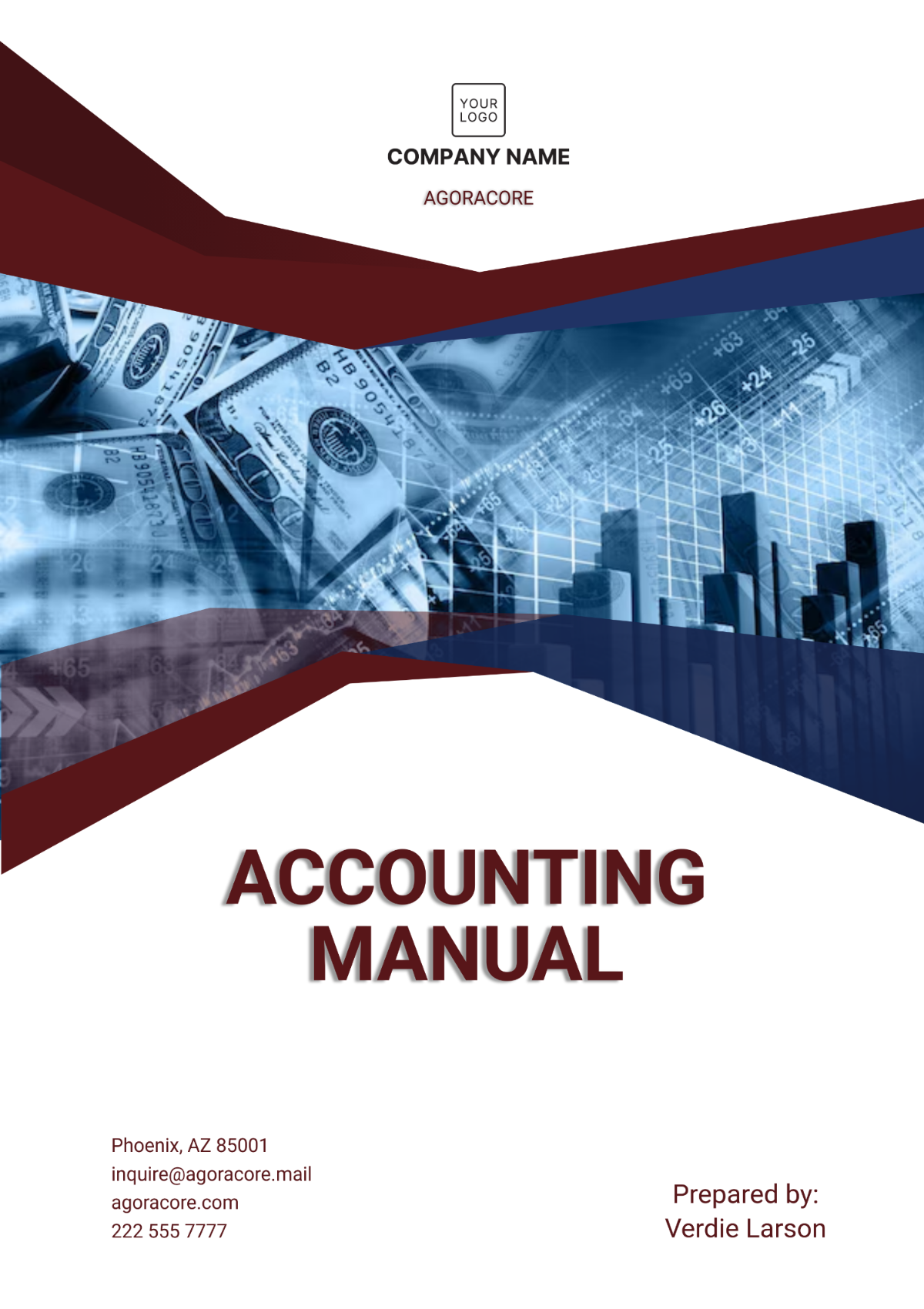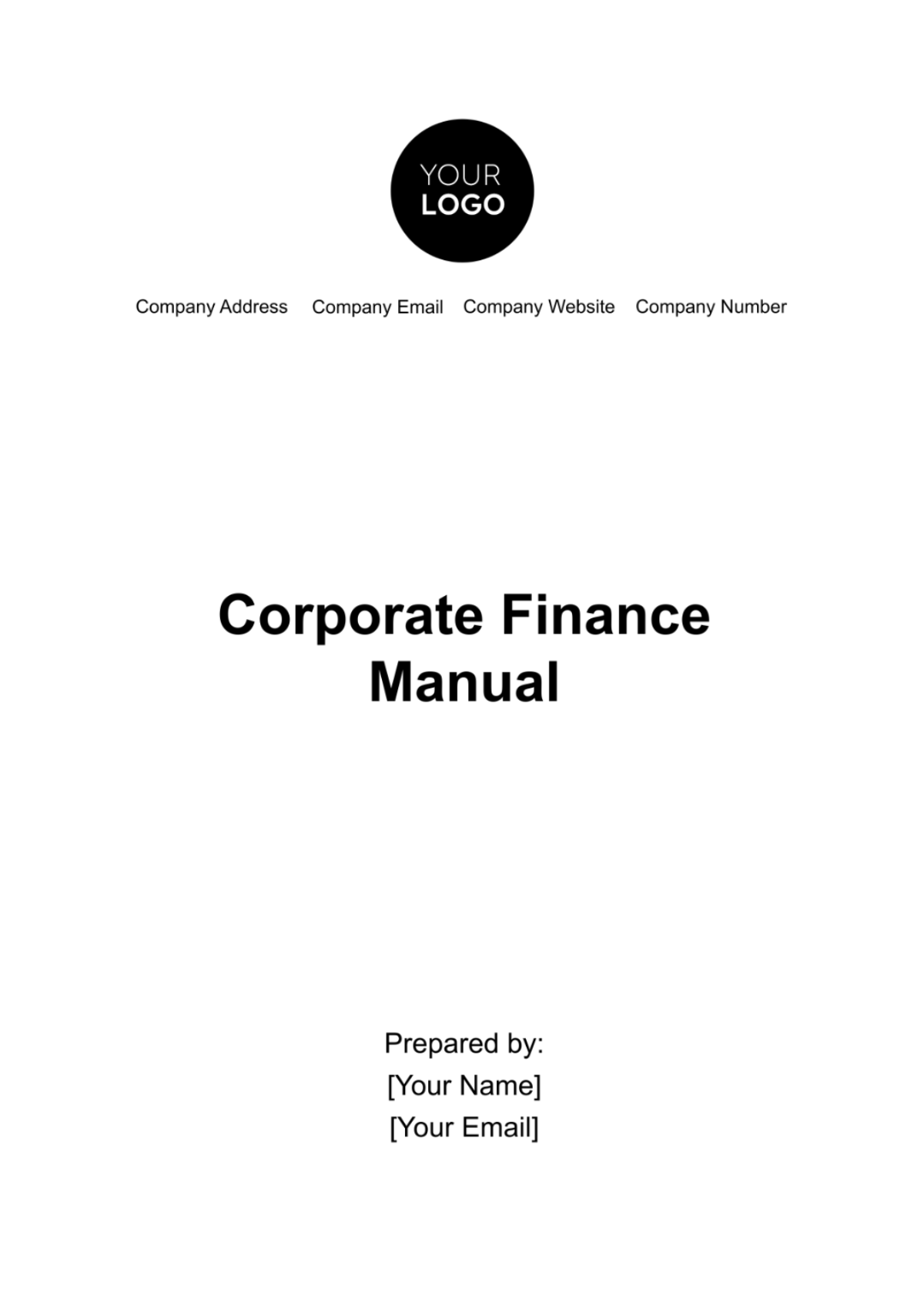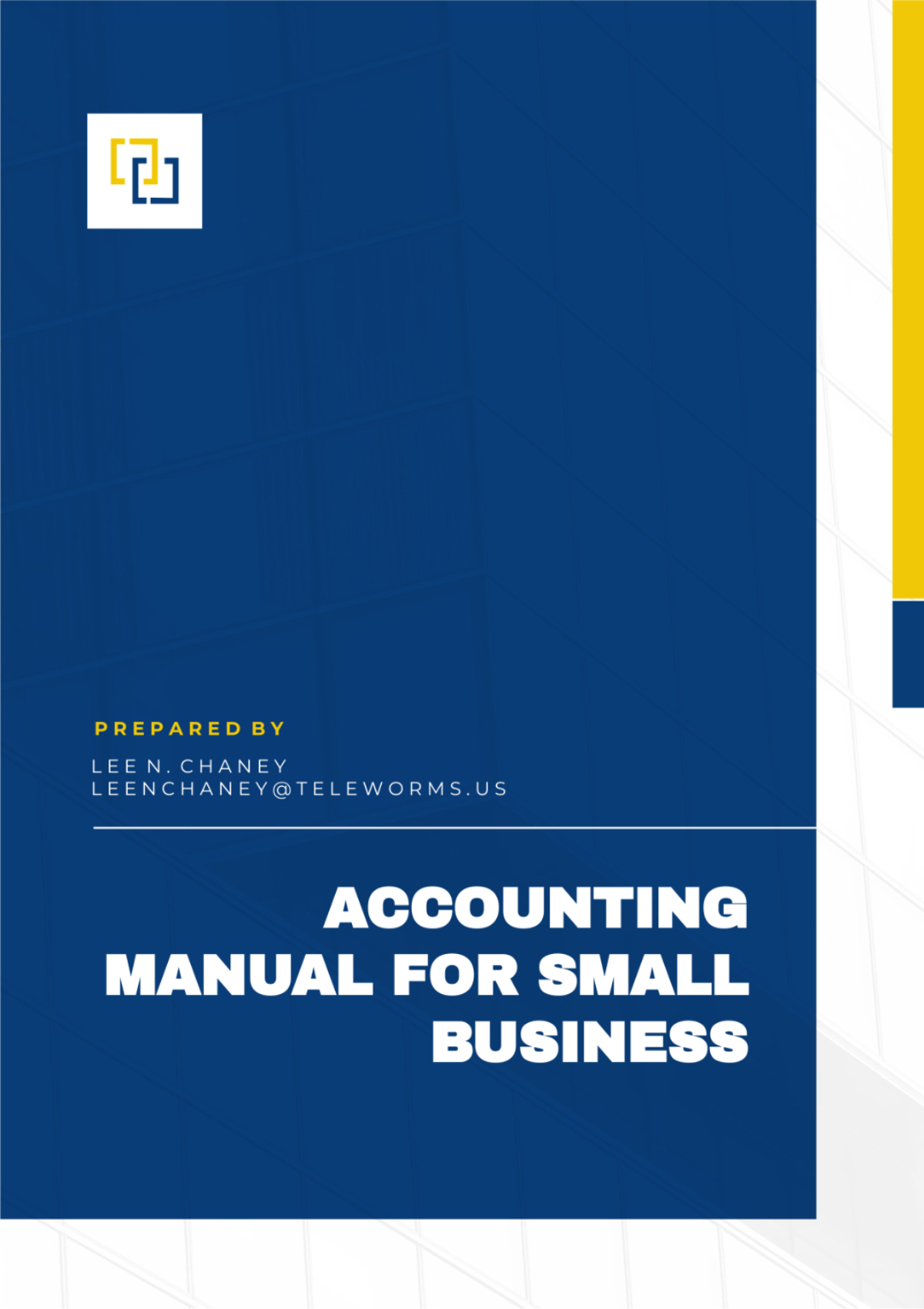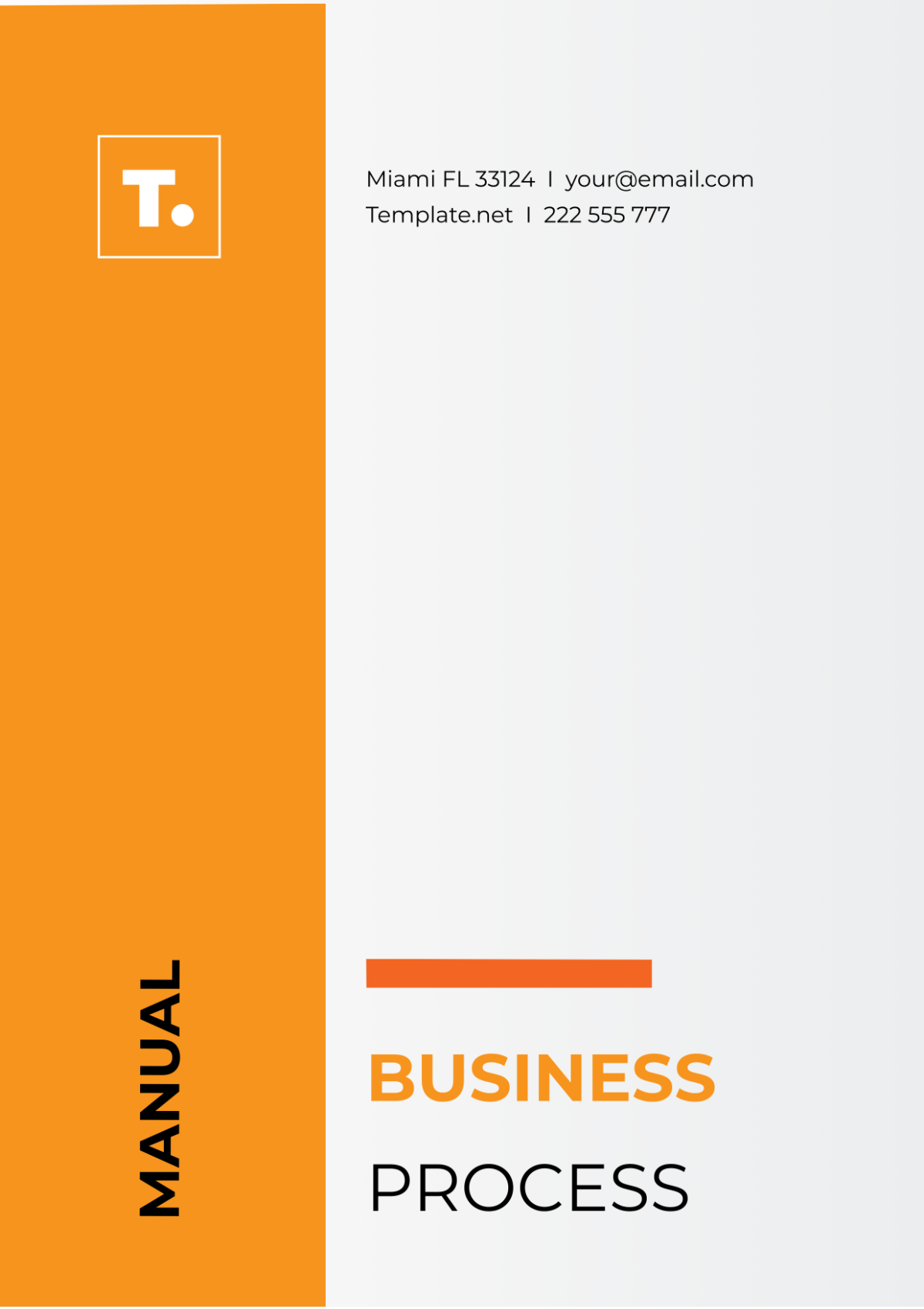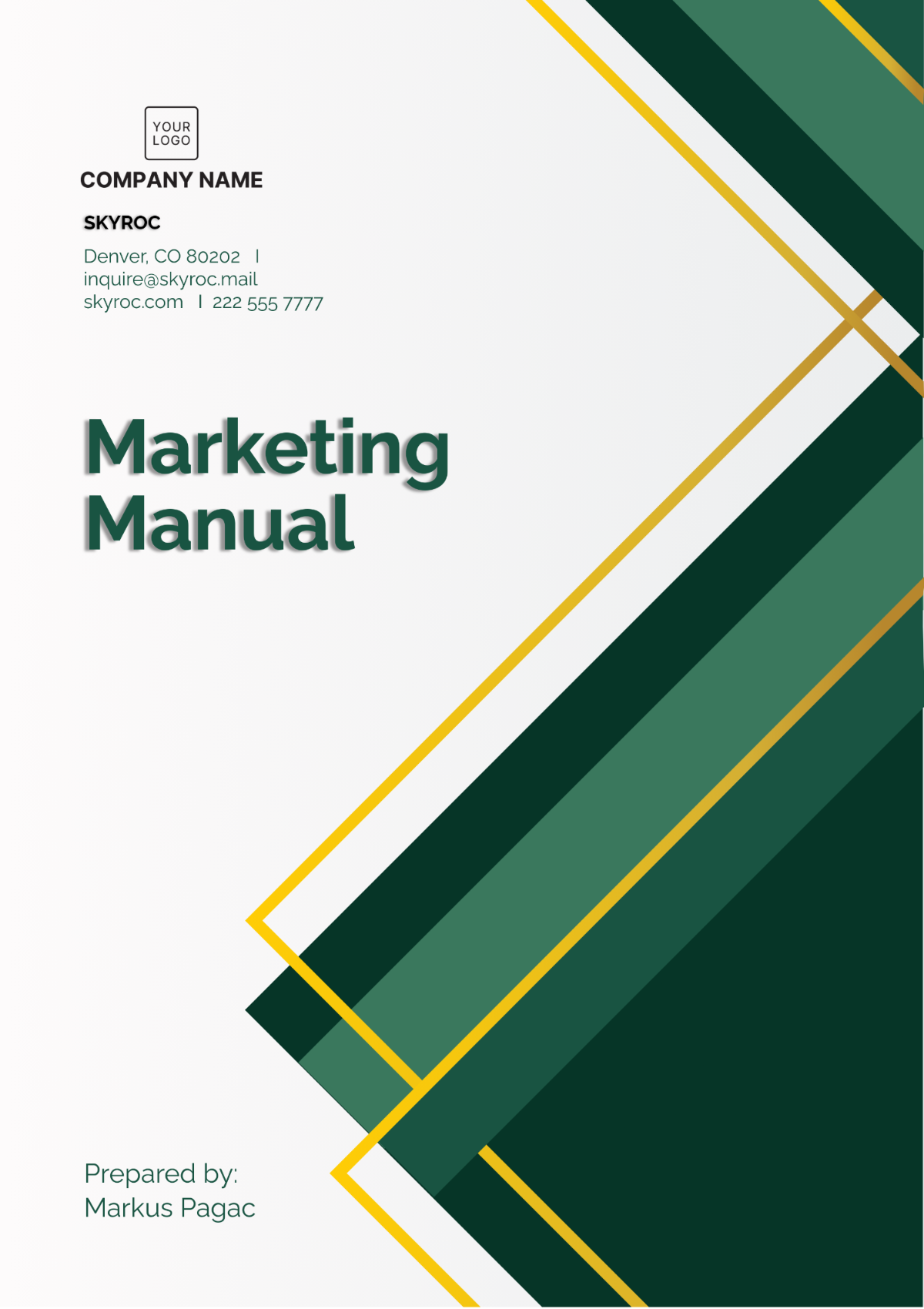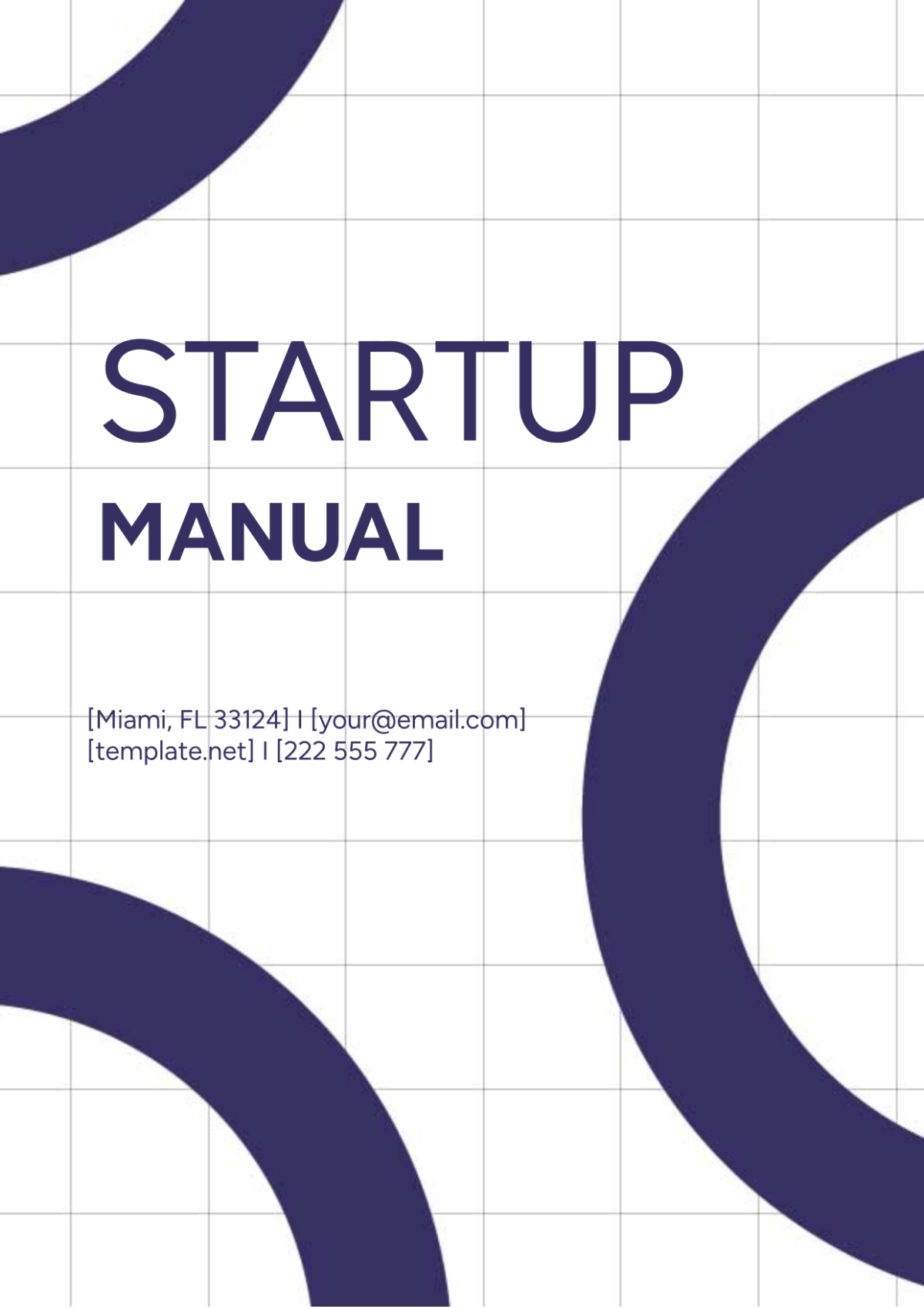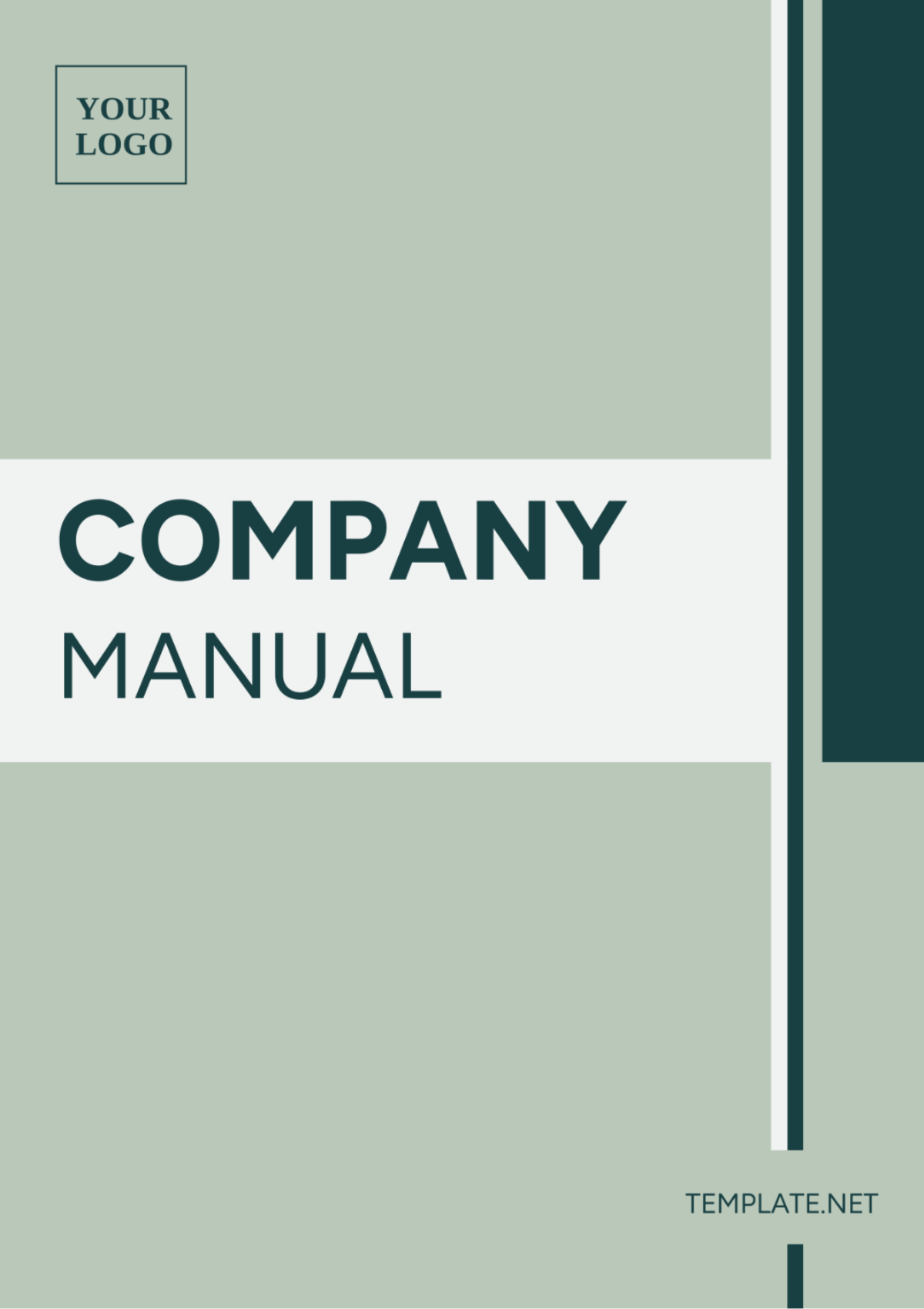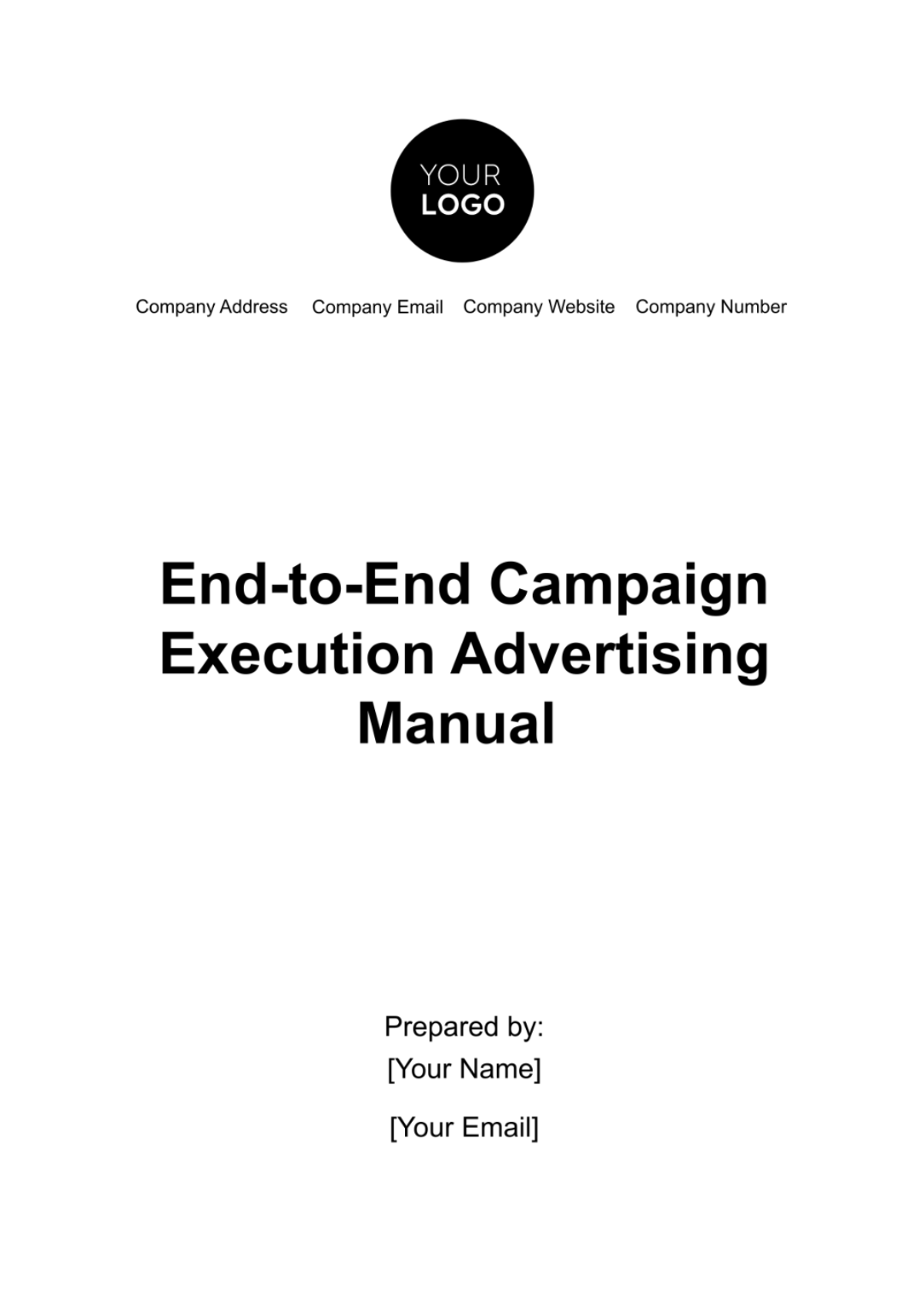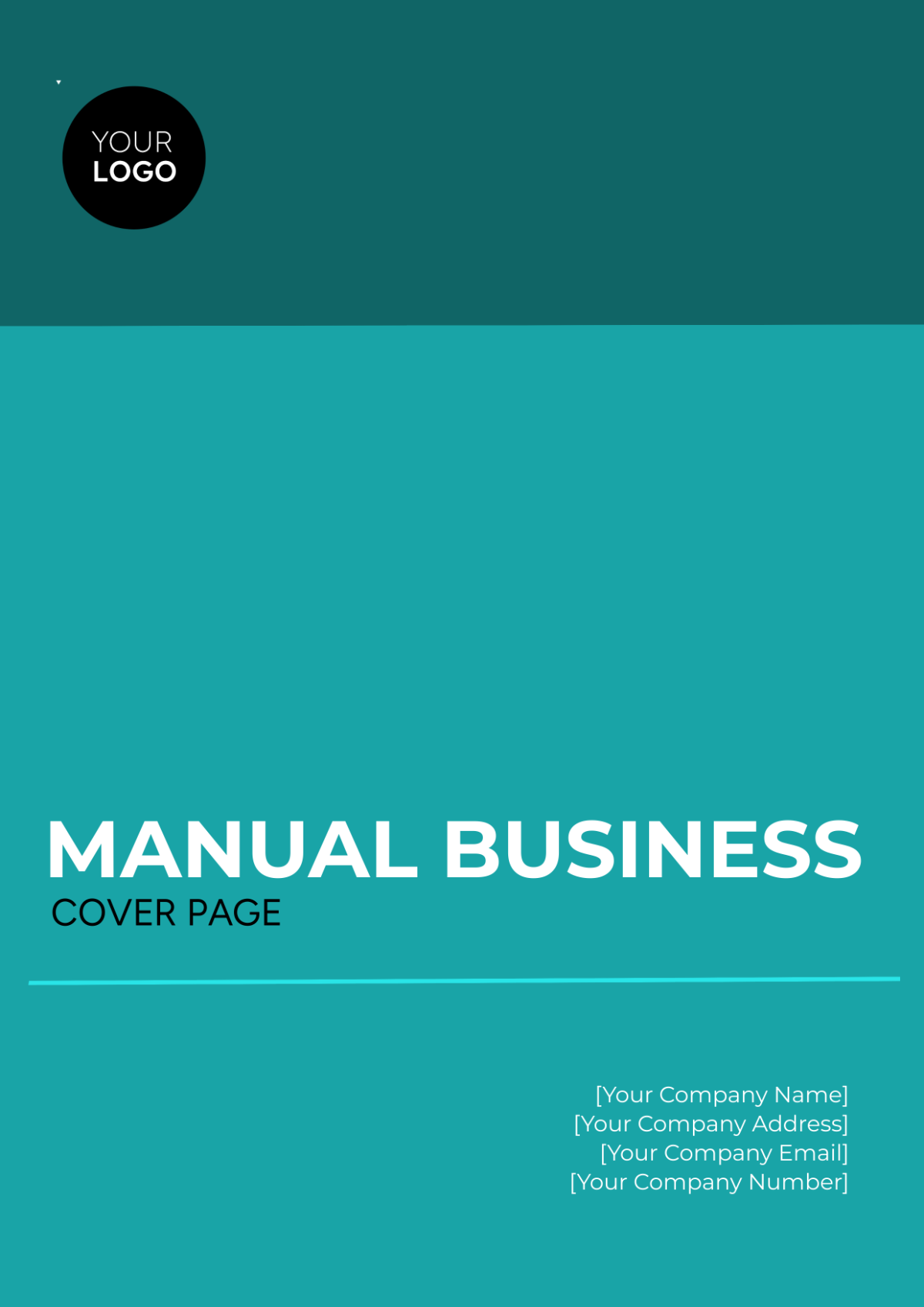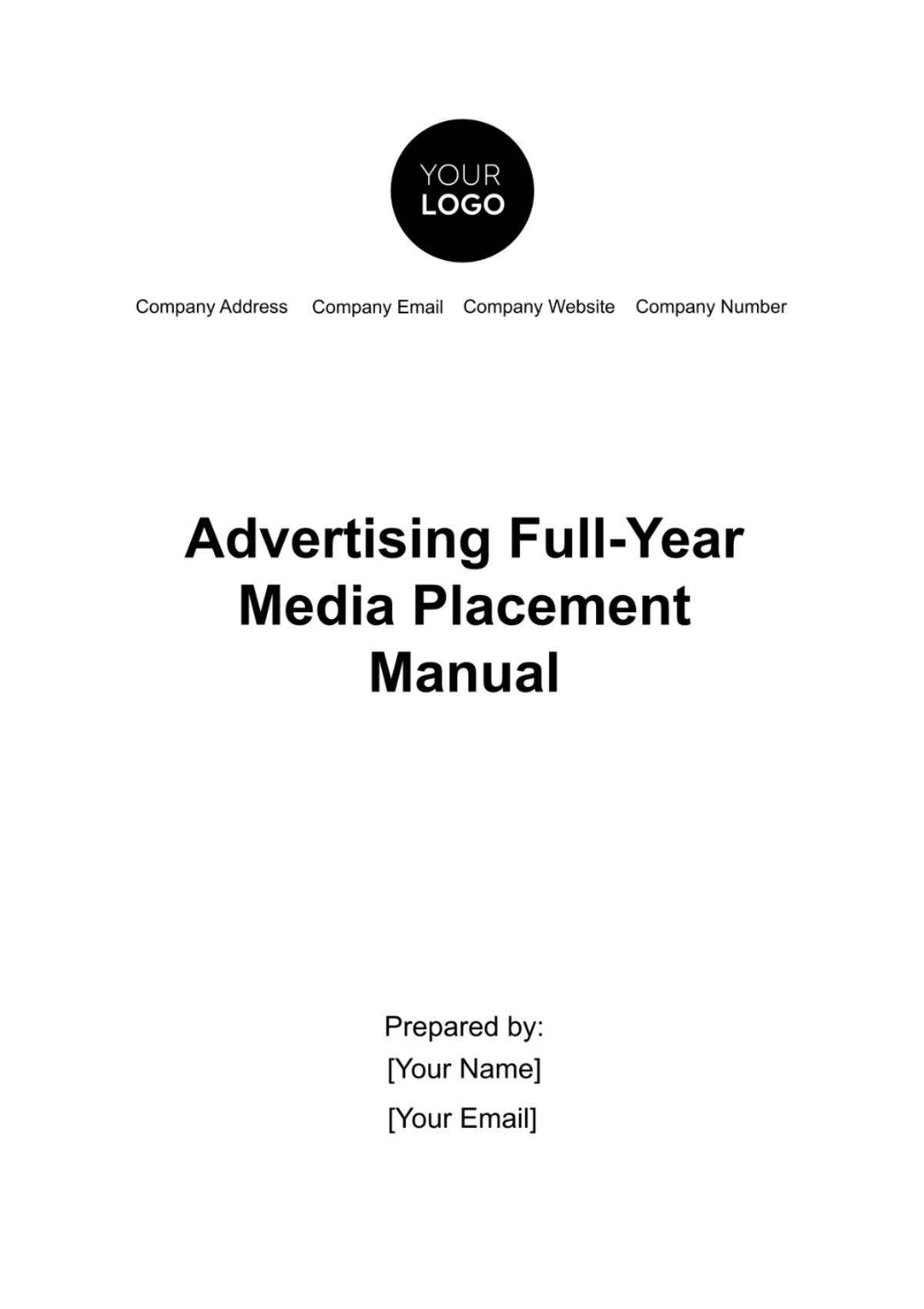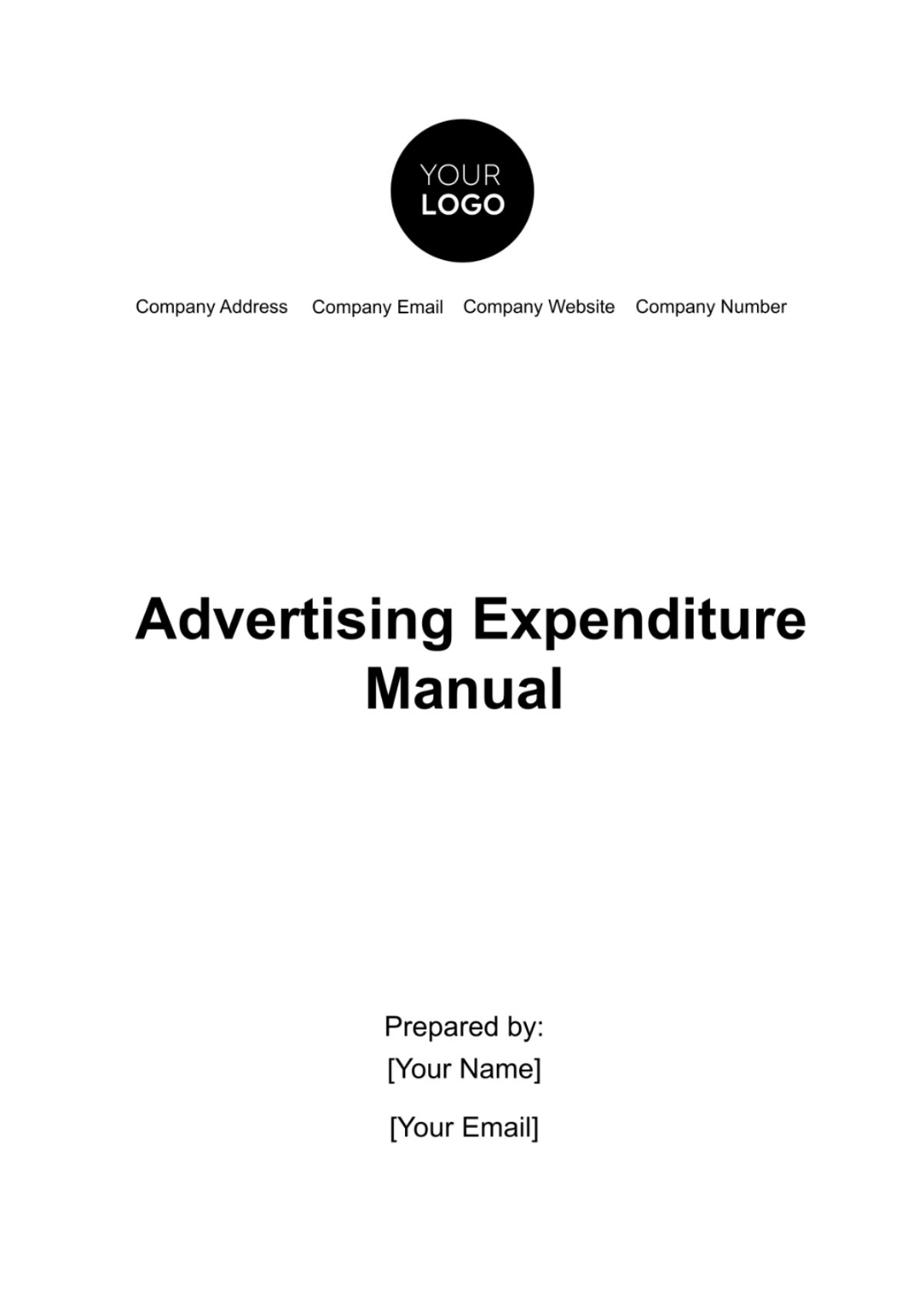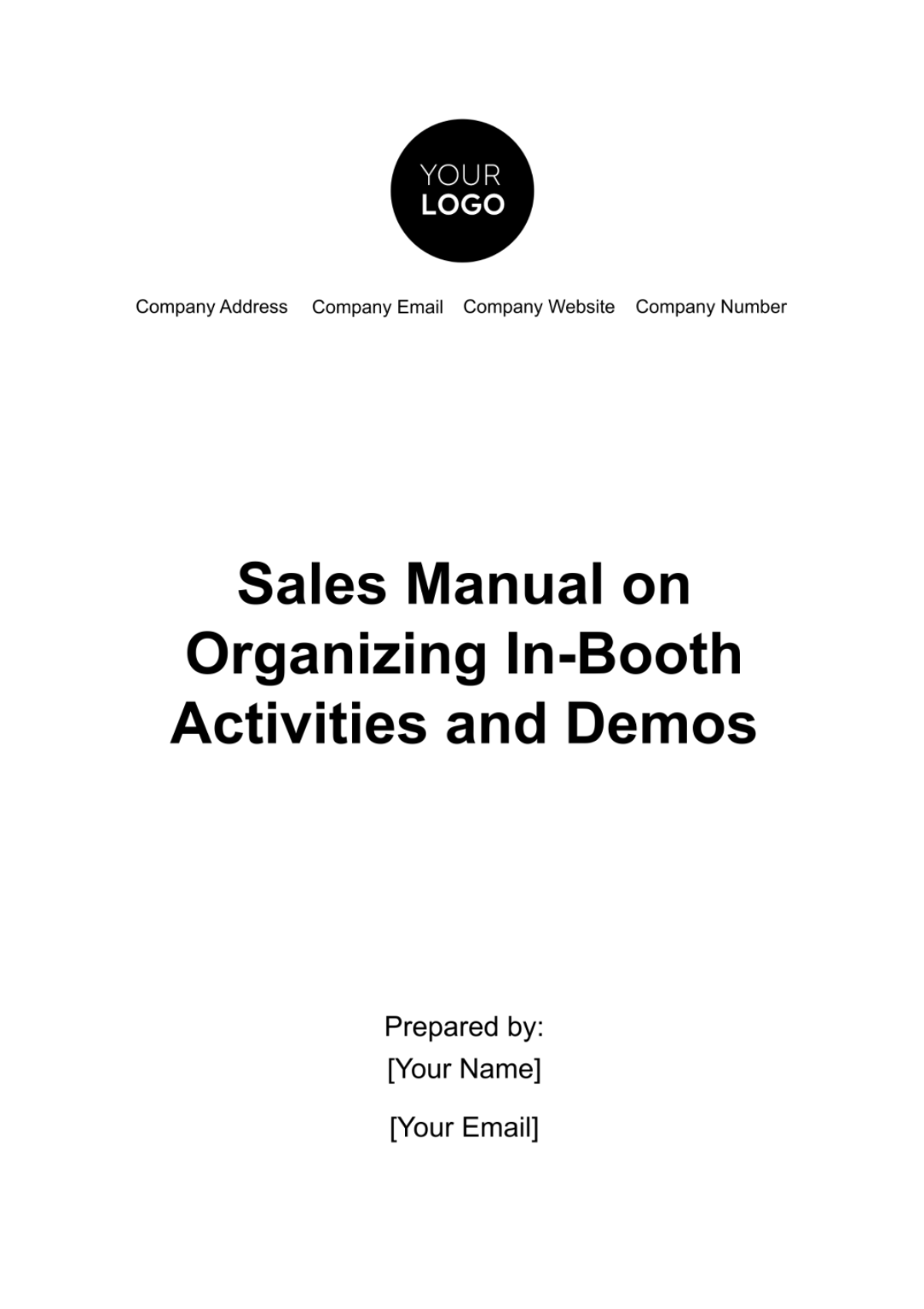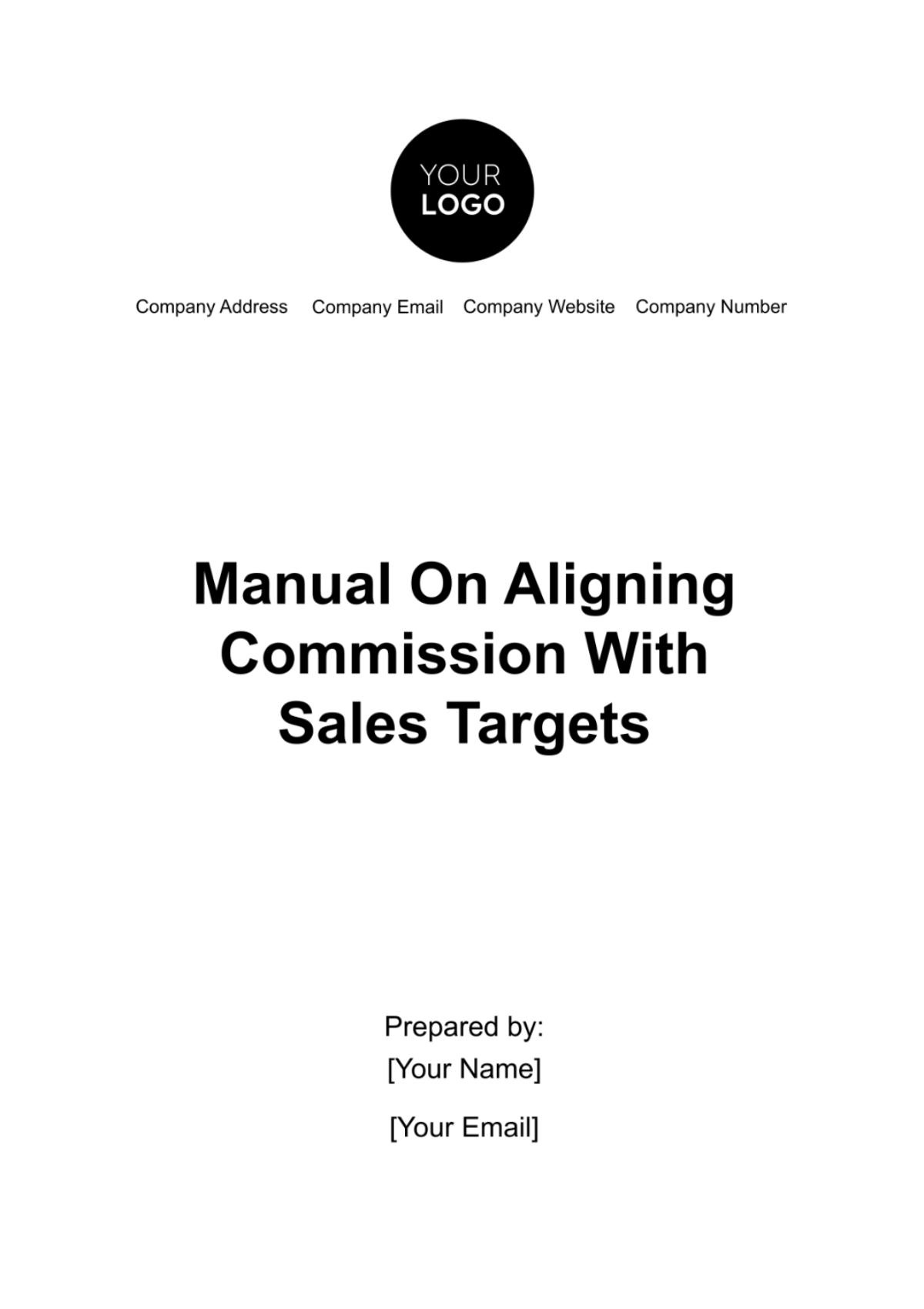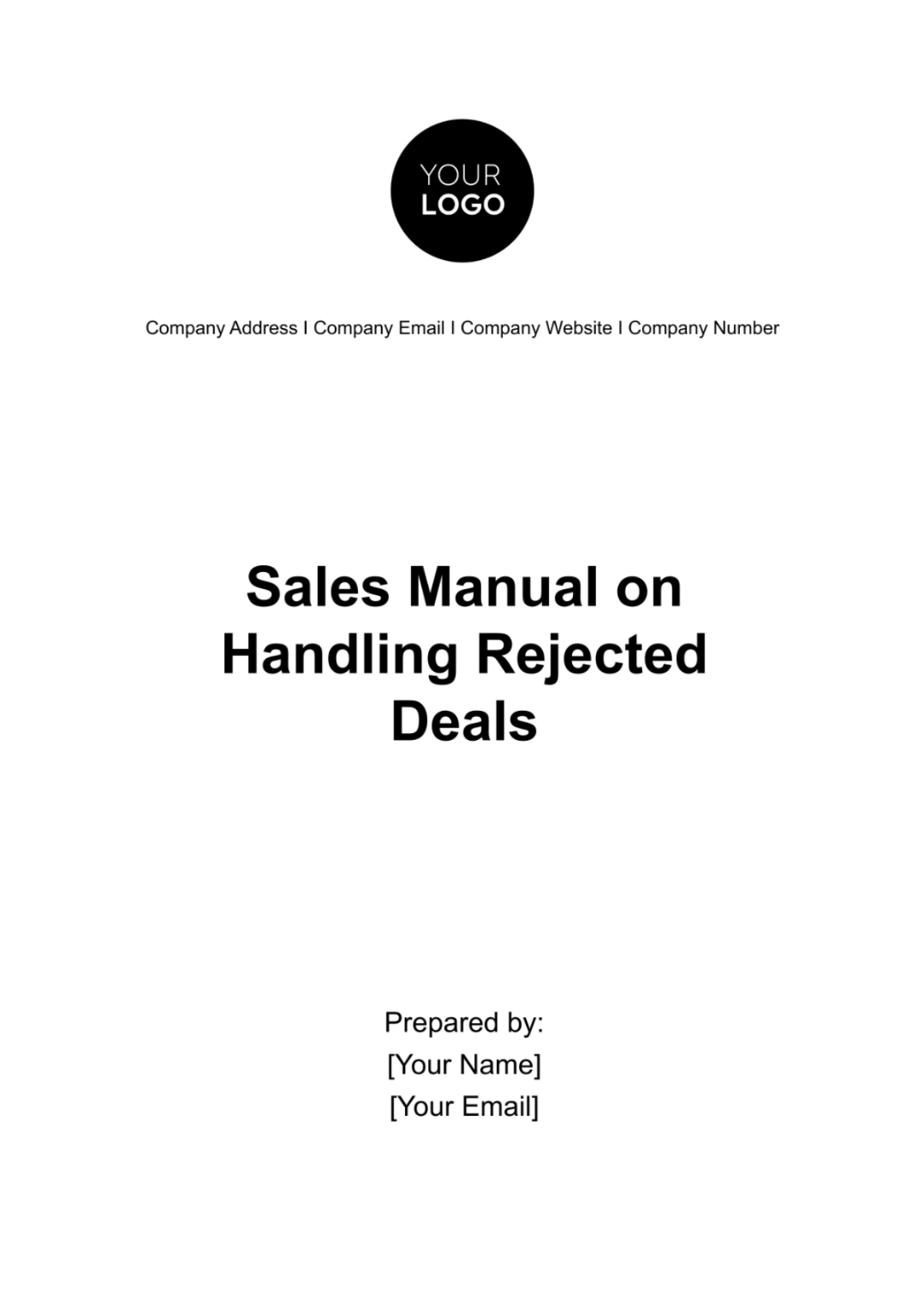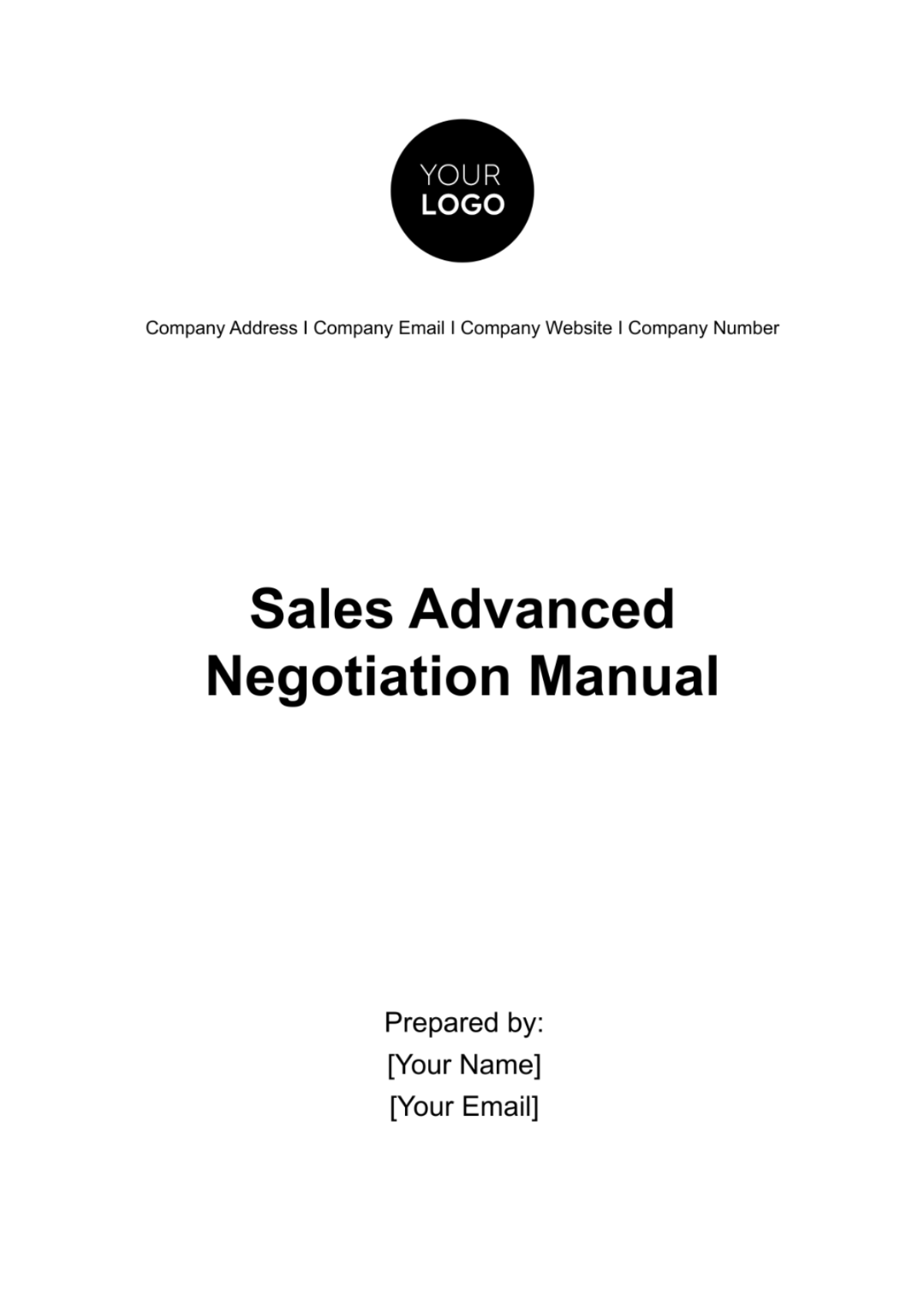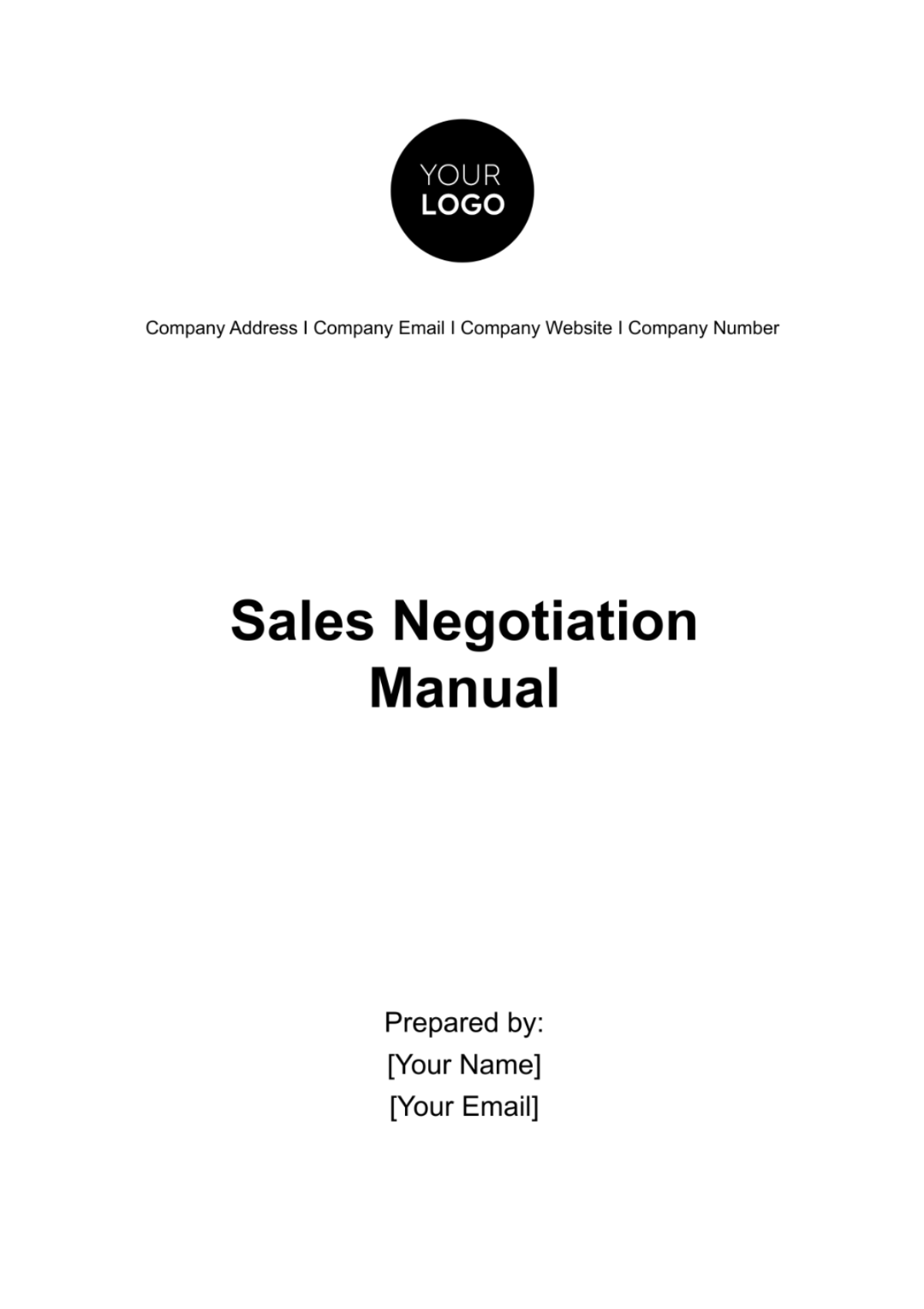Marketing Best Practices for Media Appearances Manual
In this guide, we will outline the essential strategies and techniques for making the most of your media appearances. Effective media interactions are crucial for building a strong brand and a positive public image. This manual will help you navigate interviews with confidence and professionalism.
1. Preparing for Media Appearances
1.1. Research and Familiarization
Successful media appearances start with thorough research and familiarization:
Audience Insight: Gain a deep understanding of your target audience, their interests, and preferences. Tailor your messaging to resonate with them.
Interviewer Profiling: Know your interviewer's background, preferences, and interviewing style. This insight helps you build rapport and adapt your responses effectively.
Media Outlet Analysis: Understand the media outlet's demographics, editorial stance, and recent coverage. This knowledge ensures your messaging aligns with their tone and focus.
Stay Current: Keep up with recent news, developments, and trends related to your topic. Being well-informed makes you a credible source of information.
1.2. Key Messages
Crafting and delivering key messages effectively is central to a successful media appearance:
Message Clarity: Identify your core messages and central ideas. Ensure they are clear, concise, and easy to understand.
Memorable Impact: Make your key messages memorable by using relatable anecdotes, statistics, or stories that resonate with your audience.
Brand Alignment: Your key messages should always align with your brand's values, mission, and objectives.
1.3. Practice
Practice is the cornerstone of preparation for media appearances:
Mock Interviews: Conduct mock interviews with colleagues or media coaches to simulate real interview scenarios. This helps improve your communication skills and build confidence.
Question Anticipation: Anticipate potential questions that might arise during the interview. Prepare thoughtful and concise responses in advance to maintain control over the conversation.
2. During the Interview
During the interview, your demeanor and communication style play a pivotal role in conveying professionalism and making a lasting impression.
2.1. Mastering Body Language
Your body language speaks volumes and can significantly influence the interviewer and the audience. Here are some key tips:
Maintain Engaging Eye Contact: Establishing and maintaining eye contact demonstrates confidence and sincerity. It fosters a sense of connection with the interviewer and viewers.
Open Body Posture: Keep your body language open and welcoming. Avoid crossing your arms, which can be perceived as defensive. An open posture conveys approachability and transparency.
Effective Gestures: Utilize gestures judiciously to emphasize key points. They can enhance your message and make it more engaging. However, refrain from excessive or distracting movements that may divert attention from your message.
2.2. Crafting Clear and Concise Responses
In the fast-paced world of media appearances, clarity and brevity are paramount. Here's how to ensure your communication shines:
Speak with Clarity: Enunciate your words clearly and articulate your thoughts in a straightforward manner. Avoid mumbling or speaking too quickly, which can hinder comprehension.
Moderate Pace: Maintain a moderate speaking pace. Rushing through your responses can leave the audience struggling to keep up, while speaking too slowly may lose their interest. Strike a balance for optimal engagement.
Avoid Jargon: Speak in plain language, steering clear of industry-specific jargon or acronyms that may alienate viewers. Your goal is to make your message accessible to a broad audience.
Conciseness: Keep your responses concise and on-point. Respect the audience's time and stay focused on the topic at hand. Avoid meandering or providing excessive details that can dilute your message.
2.3. Mastering Active Listening
Effective communication is a two-way street, and active listening is a skill that can set you apart:
Attentive Listening: Pay close attention to the interviewer's questions. This demonstrates respect and ensures you respond directly to what's being asked.
Thoughtful Pause: Before responding, take a moment to gather your thoughts. This brief pause allows you to formulate a well-thought-out response, rather than rushing into an answer. It also conveys your respect for the question.
3. After the Interview
3.1. Follow-up and Amplify
3.1.1. Express Gratitude
Sending a heartfelt thank-you note to the interviewer not only demonstrates your professionalism but also fosters positive relationships. Acknowledging their time and effort is a courteous gesture.
3.1.2. Leverage Social Media
Maximize the impact of your media appearance by sharing the interview across your social media channels. This amplifies your reach and keeps your audience engaged. Be sure to include relevant hashtags and encourage your followers to watch, read, or listen to the interview.
3.2. Review, Reflect, and Elevate
3.2.1. Self-Evaluation
Take time to critically evaluate your performance. Review the interview recording if available or recall key moments. Identify strengths and areas that may require improvement.
3.2.2. Seek Feedback
Seek feedback from colleagues, mentors, or trusted individuals who watched the interview. Their insights can offer valuable perspectives you might have missed.
3.3.3. Continuous Improvement
Use the feedback and self-assessment to refine your media appearance skills. Develop strategies to enhance your communication, body language, and message delivery. Remember, media appearances are learning opportunities, and each one can contribute to your growth as a spokesperson.
4. Key Messages and Talking Points
In the world of media appearances, the power lies in consistency and clarity:
4.1. Consistency is Paramount
Maintain a unified front: Ensure that all your media appearances harmoniously echo your brand's core messages.
Consistency fosters trust: Reiterate your brand's mission, values, and unique selling points across all platforms.
Craft a memorable narrative: Leave your audience with a consistent storyline that resonates.
4.2. Emphasize Value Proposition
Shine a spotlight on the essence: Articulate the intrinsic value your product/service delivers to the audience.
Solve problems, meet needs: Showcase how your offering addresses specific pain points or fulfills desired outcomes.
Engage hearts and minds: Connect emotionally by illustrating how your brand enriches lives or solves real-world challenges.
4.1. Navigating Off-Track Interviews
Reclaim the narrative: If the interview drifts away from your intended messages, tactfully guide it back.
Steer with finesse: Gently pivot the conversation towards key messages while respecting the interviewer's direction.
Stay adaptable: Be agile in steering the discussion without coming across as rigid or evasive.
5. Dress Code and Appearance
Your attire and appearance play a significant role in how you are perceived during media appearances. Here are some key considerations:
5.1. Dress Appropriately
Select your attire based on the nature of the occasion. Whether it's a formal interview, casual conversation, or a special event, your clothing should be suitable and respectful of the context.
5.2. Align with Your Brand
Ensure that your outfit aligns with your brand's image and values. Your clothing should convey the same professionalism and identity that your brand represents.
5.3. Grooming and Hygiene
Pay meticulous attention to personal grooming and hygiene. Cleanliness, well-maintained hair, and polished grooming reinforce your professionalism and enhance your overall image.
5.4. Attention to Detail
Consider the finer details of your appearance, such as accessories, footwear, and even makeup if applicable. These details contribute to your overall presentation and should complement your attire.
5.5. Comfort and Confidence
Select clothing that makes you feel comfortable and confident. When you feel good in what you're wearing, it positively impacts your demeanor during the media appearance.
6. Handling Difficult Questions
Handling challenging questions with grace and professionalism is a vital skill in media appearances. Here are key strategies:
6.1. Stay Composed
Maintain your composure at all times. Take a deep breath, and avoid becoming defensive or emotional. A composed demeanor reinforces your credibility and poise.
6.2. Redirect the Conversation
When faced with a difficult question, skillfully steer the conversation toward more positive or relevant topics. Politely acknowledge the question and transition to a subject that aligns with your key messages.
6.3. Acknowledge Concerns and Offer Solutions
Address concerns raised in the question genuinely. If applicable, provide thoughtful solutions or actions your organization is taking to address those concerns. Demonstrating a commitment to resolving issues can enhance your credibility.
7. Social Media and Online Presence
Your online presence is a powerful tool to complement your media appearances. By actively engaging with your audience and effectively managing your social media, you can amplify your impact. Here are some key strategies:
7.1. Active Engagement
Consistency is Key: Regularly post content that resonates with your audience, whether it's industry insights, behind-the-scenes glimpses, or updates about your work.
Interact Actively: Engage with your followers by responding to comments, asking questions, and participating in discussions relevant to your field.
Share User-Generated Content: Encourage your audience to create and share content related to your brand, fostering a sense of community.
7.2. Thought Leadership
Share Valuable Insights: Use your platforms to share your expertise and unique perspective on industry trends, challenges, and innovations.
Educate and Inspire: Create informative and inspiring content that provides value to your audience, positioning yourself as a thought leader in your field.
Collaborate and Network: Connect with other professionals, influencers, and organizations to expand your reach and credibility.
7.3. Promoting Appearances
Announce in Advance: Create anticipation by promoting your upcoming media appearances well ahead of time.
Teasers and Sneak Peeks: Offer teasers or behind-the-scenes glimpses to generate interest and encourage your followers to tune in.
Live Updates: Share live updates during the interview to engage your audience in real-time.
7.4. Reputation Management
Monitor and Respond: Keep a close eye on comments and messages, responding professionally and promptly to both positive feedback and criticism.
Address Issues Diplomatically: If faced with negative comments or controversies, address them calmly and constructively, focusing on solutions and improvements.
Seek Feedback: Encourage constructive feedback from your audience to continuously improve your content and online presence.
Conclusion
In summary, media appearances represent invaluable moments to spotlight your expertise, reinforce your brand's identity, and forge meaningful connections with your audience. By diligently adhering to the best practices delineated in this manual, you will be not only well-prepared but also poised to extract the utmost value from these opportunities while etching a positive and enduring impression.
Always bear in mind that the journey toward mastery is a continual process. Embrace the idea that practice is the crucible where perfection is forged, and understand that the pursuit of excellence is the bedrock of triumph in the realm of media appearances. Your commitment to continuous growth and refinement will be the catalyst propelling you toward sustained success.
For further guidance and support in your media endeavors, do not hesitate to reach out to the MediaCorp Marketing Department. We are here to empower you on your path to media excellence.

